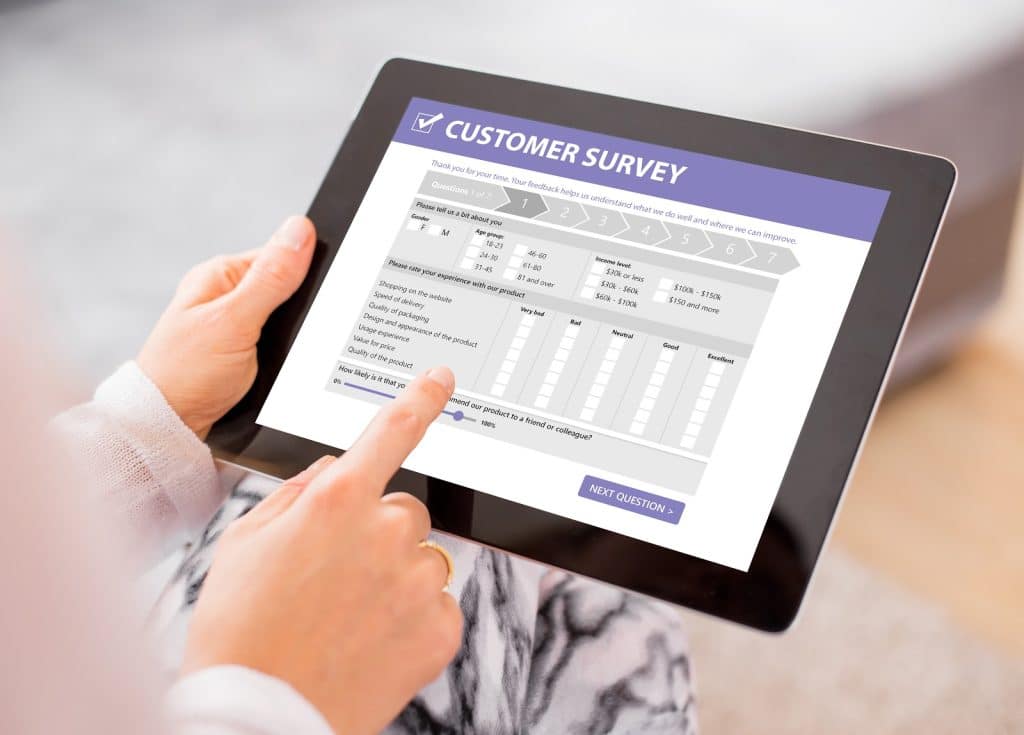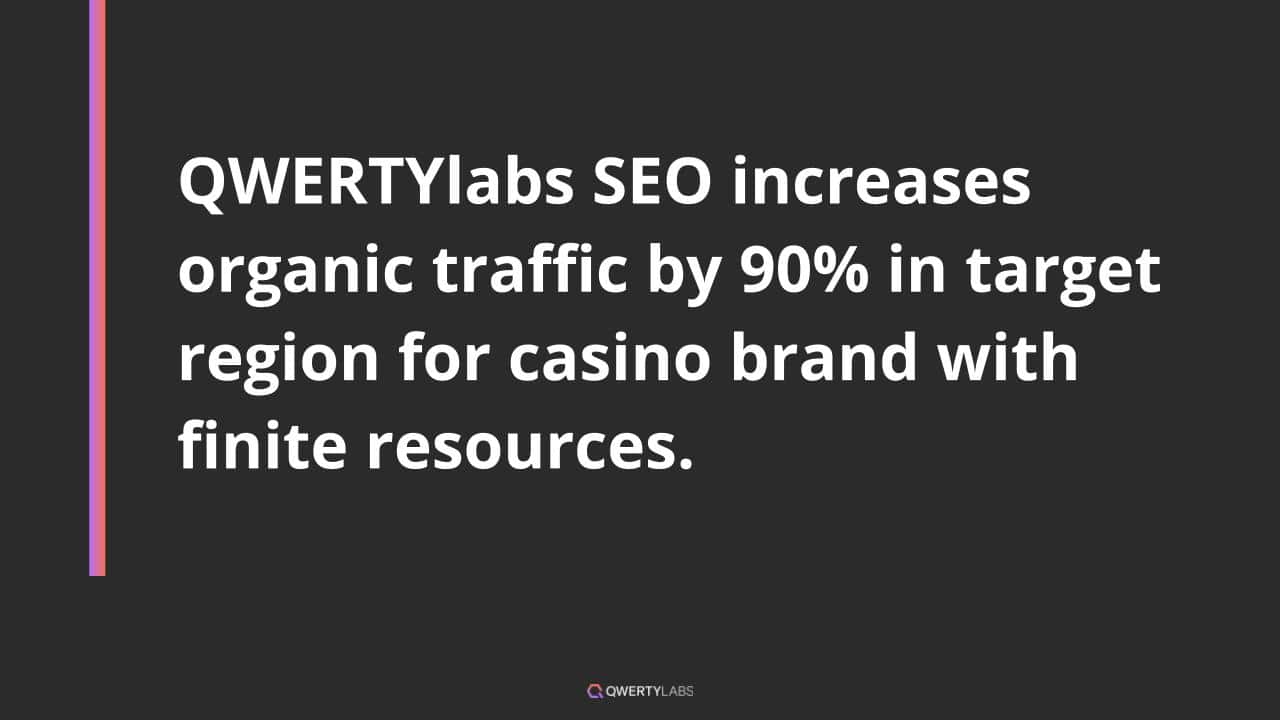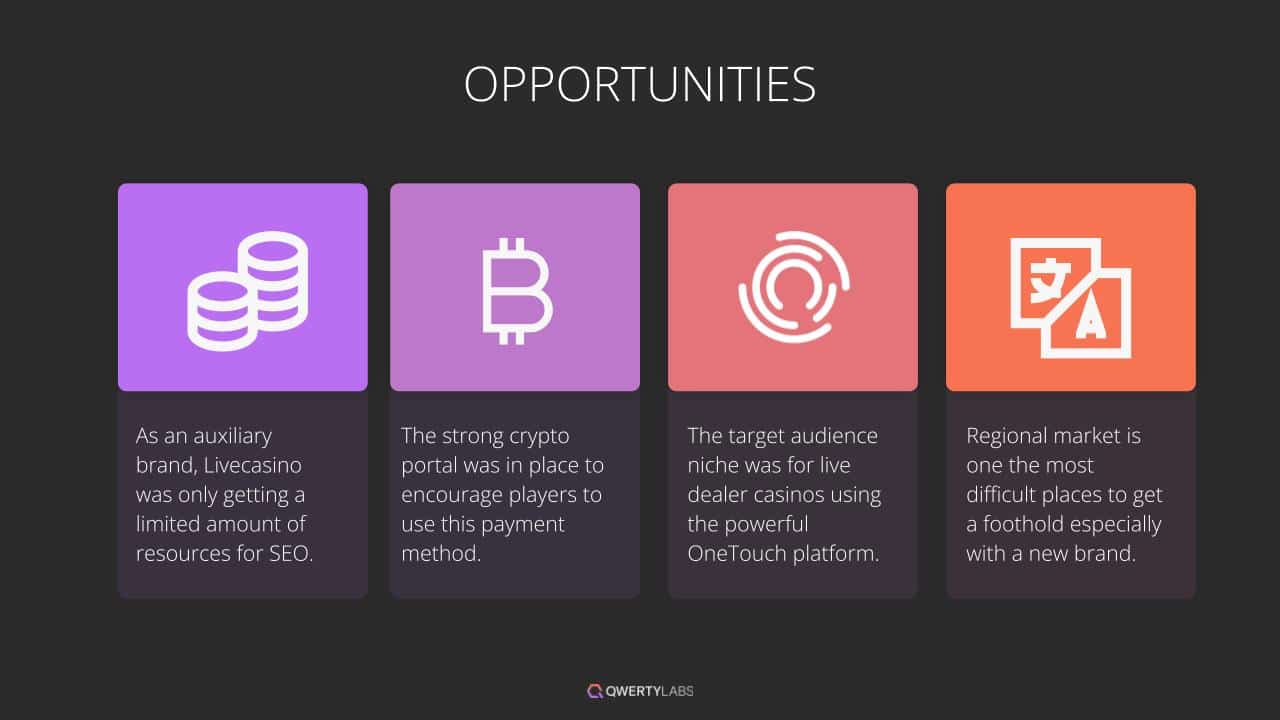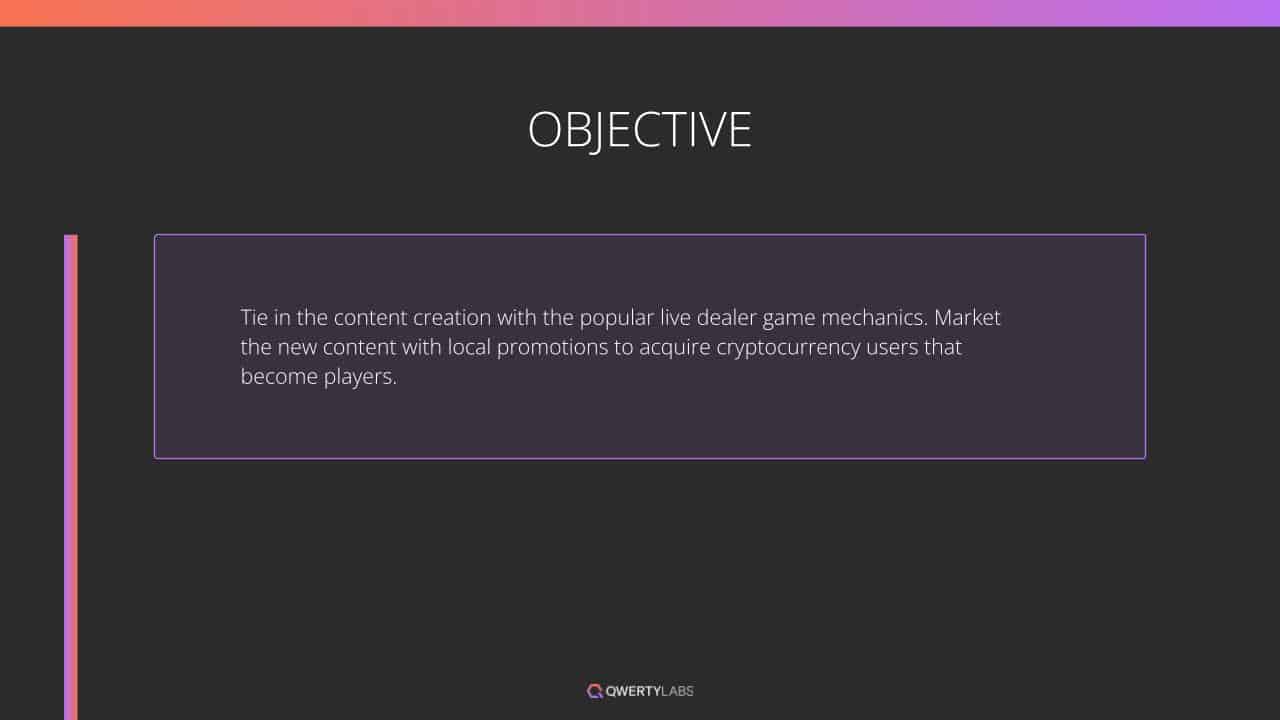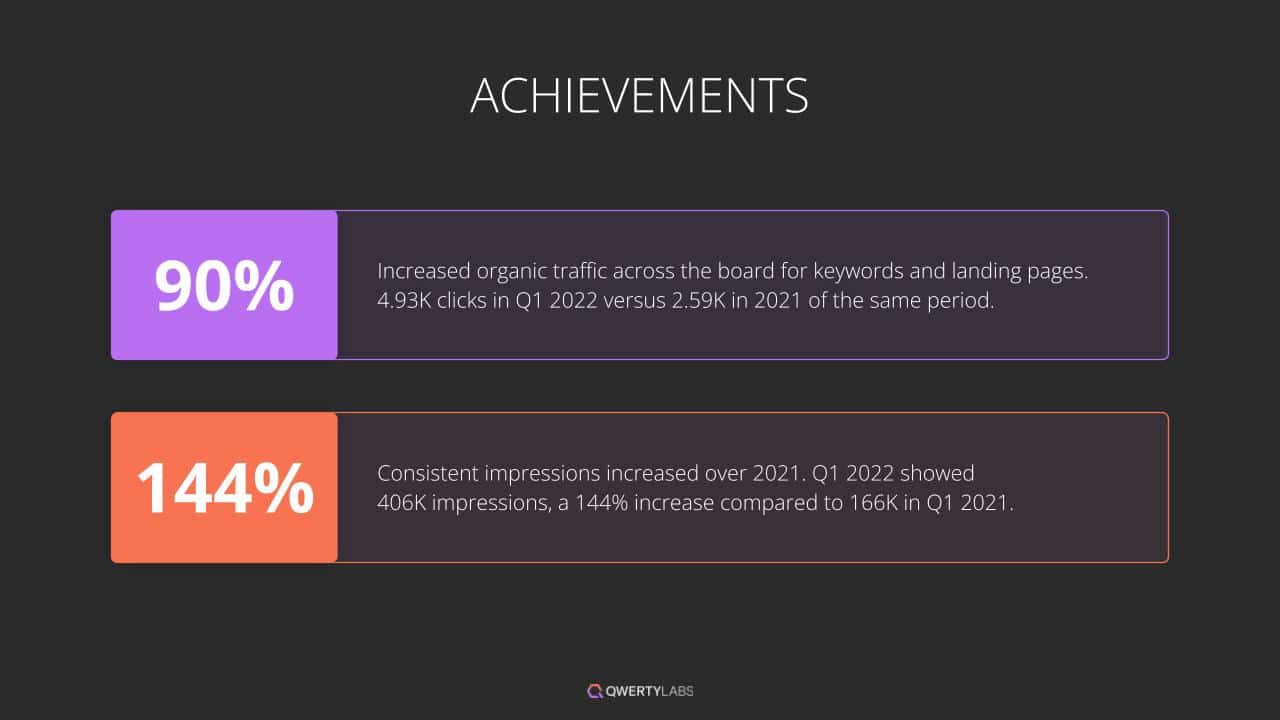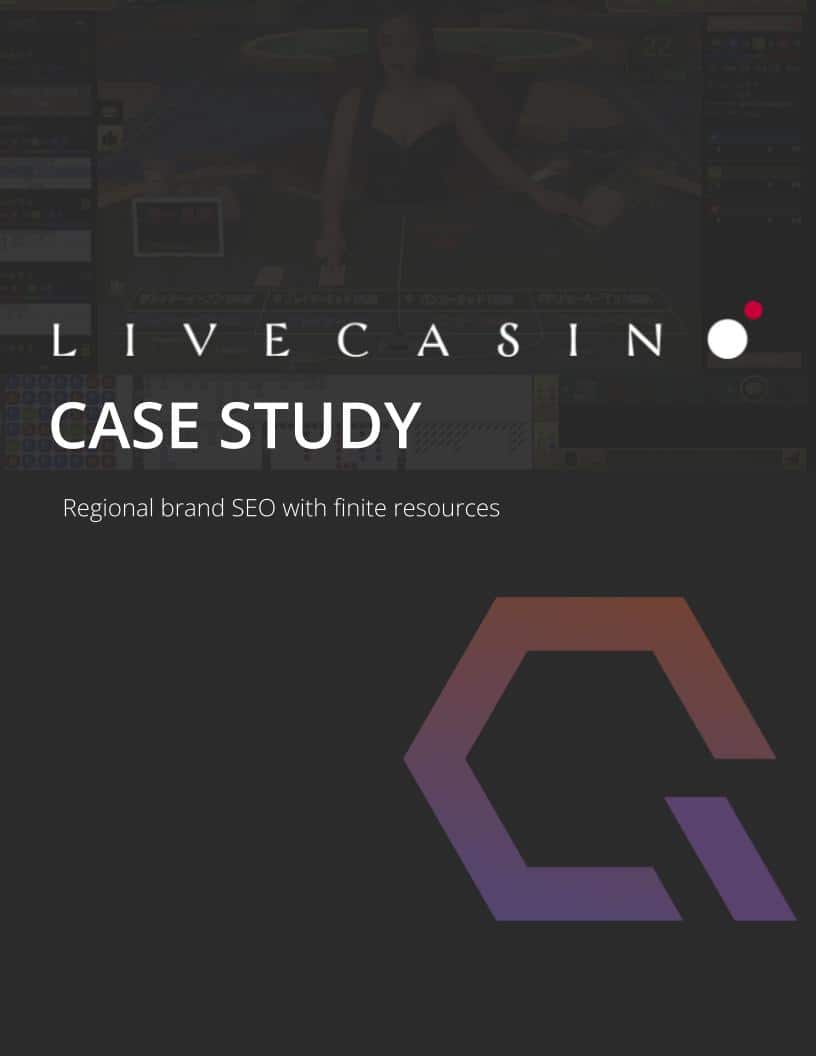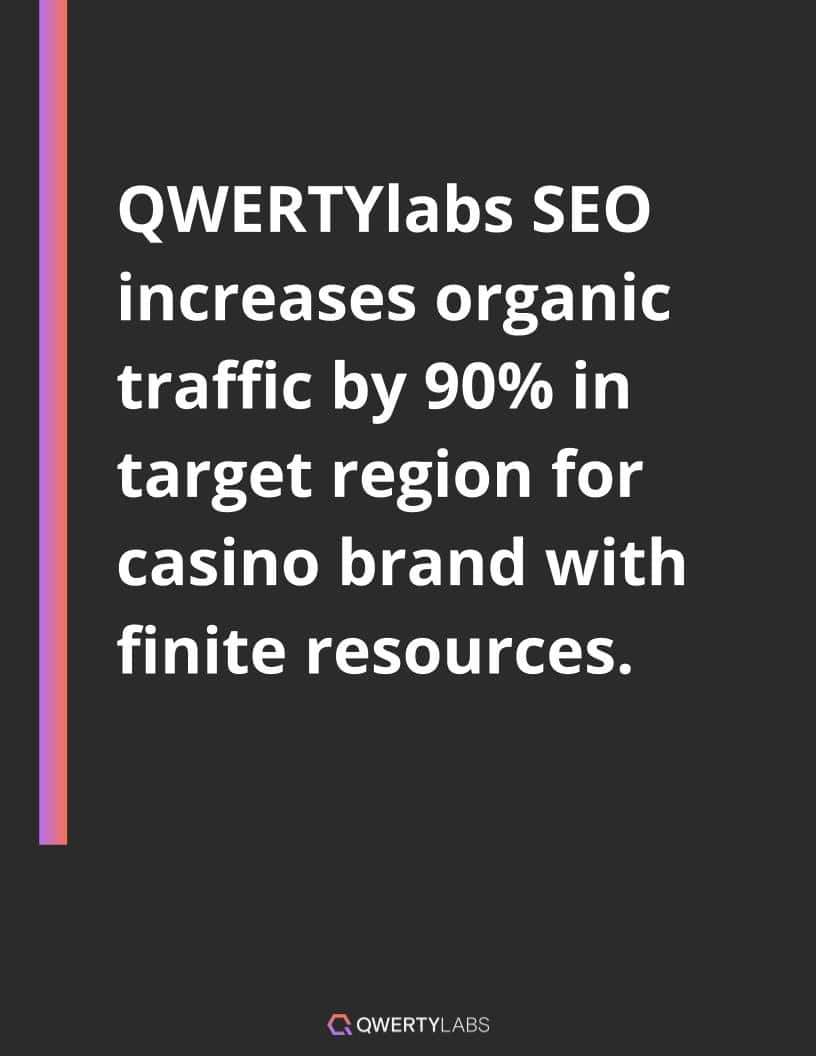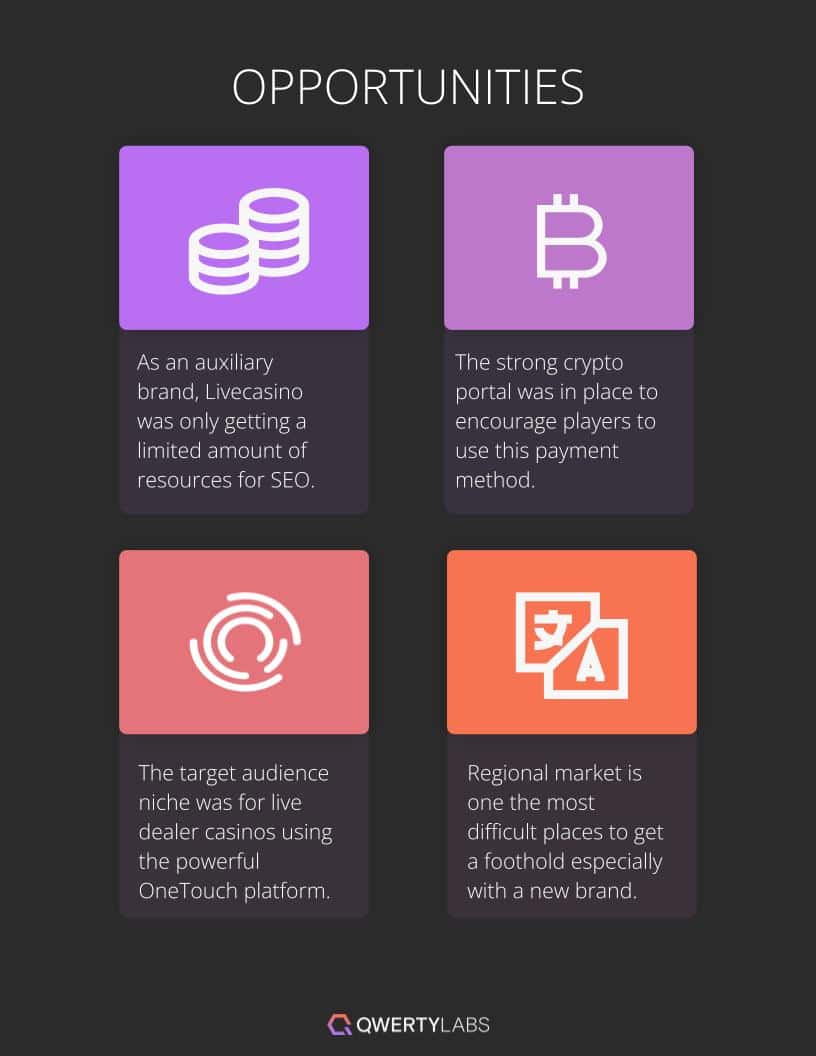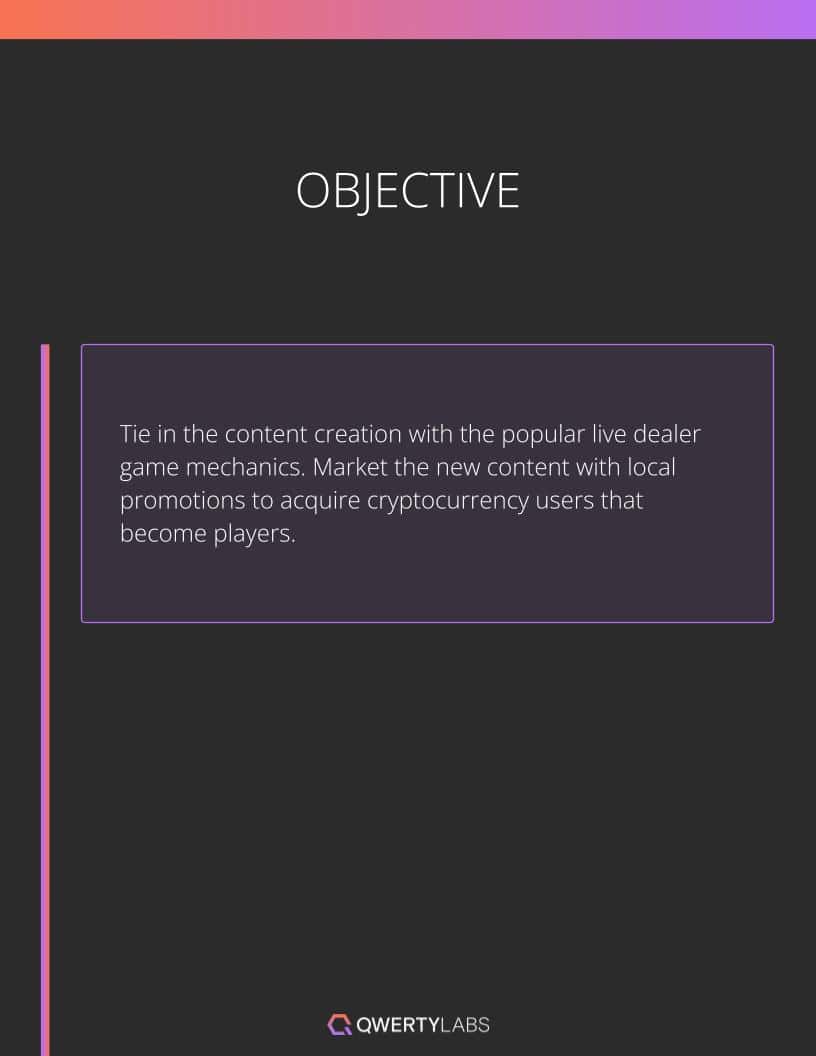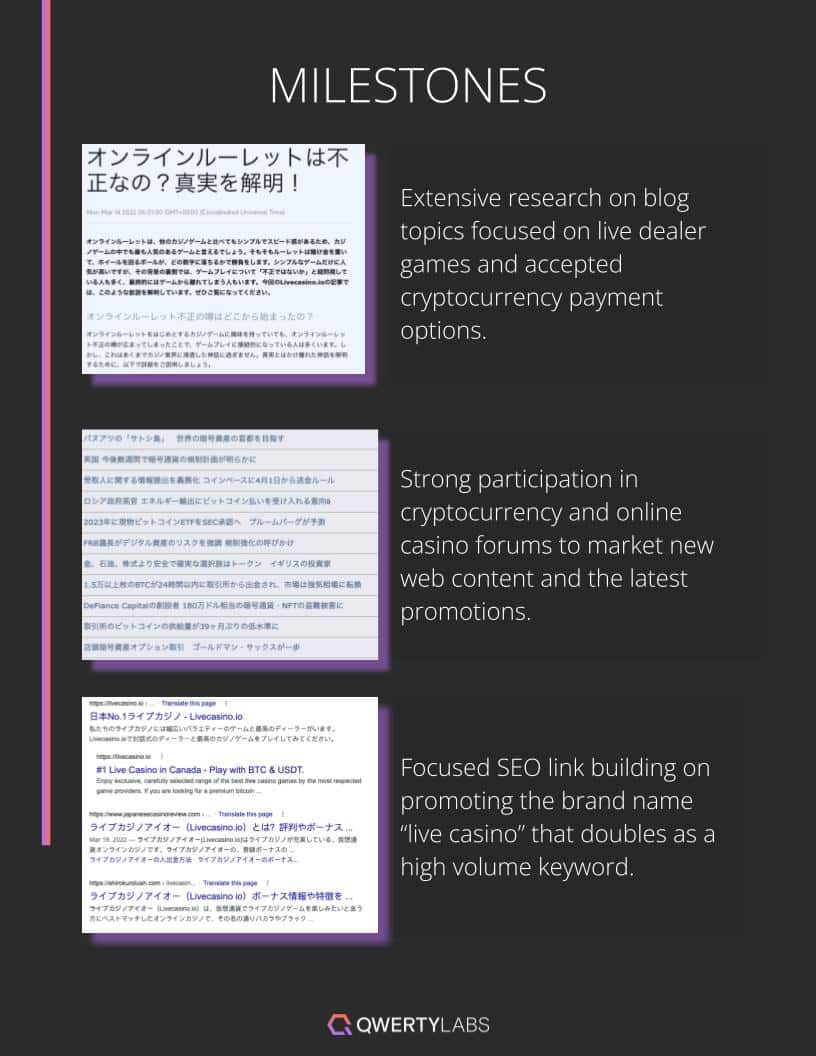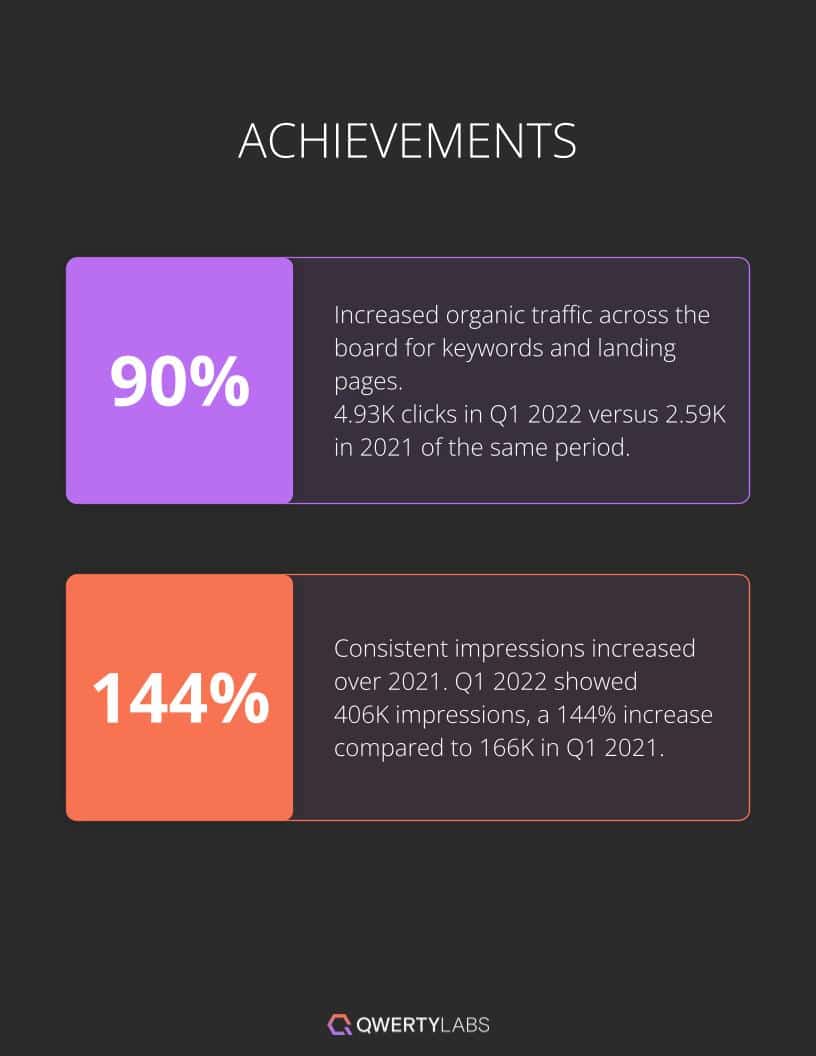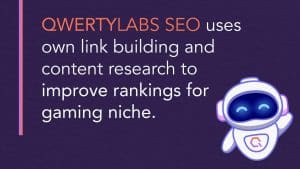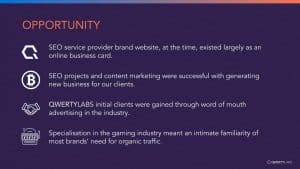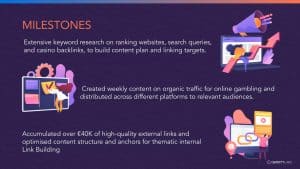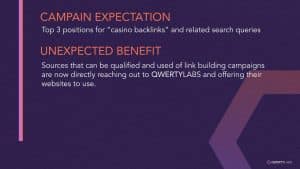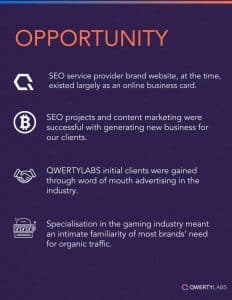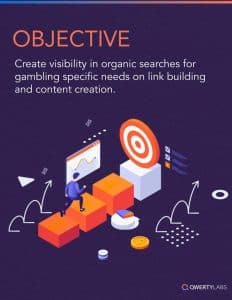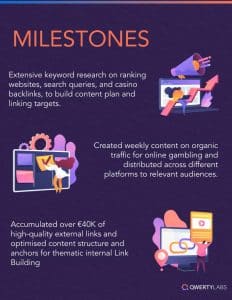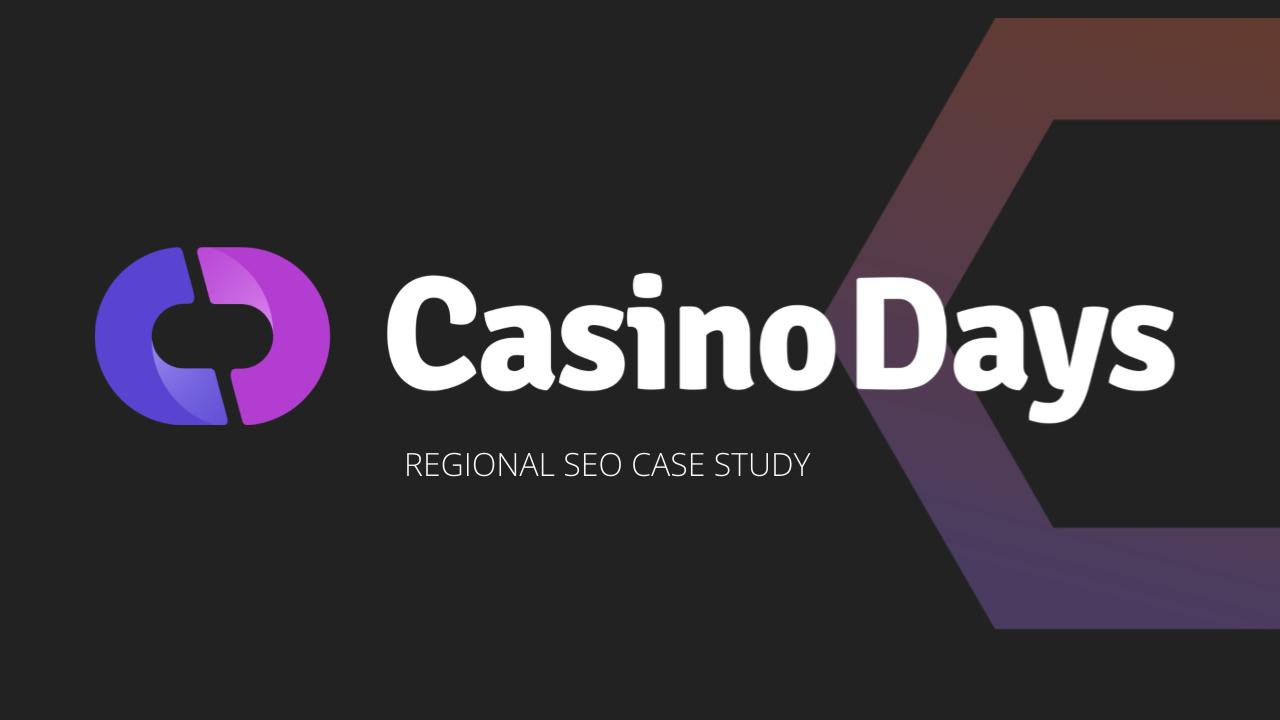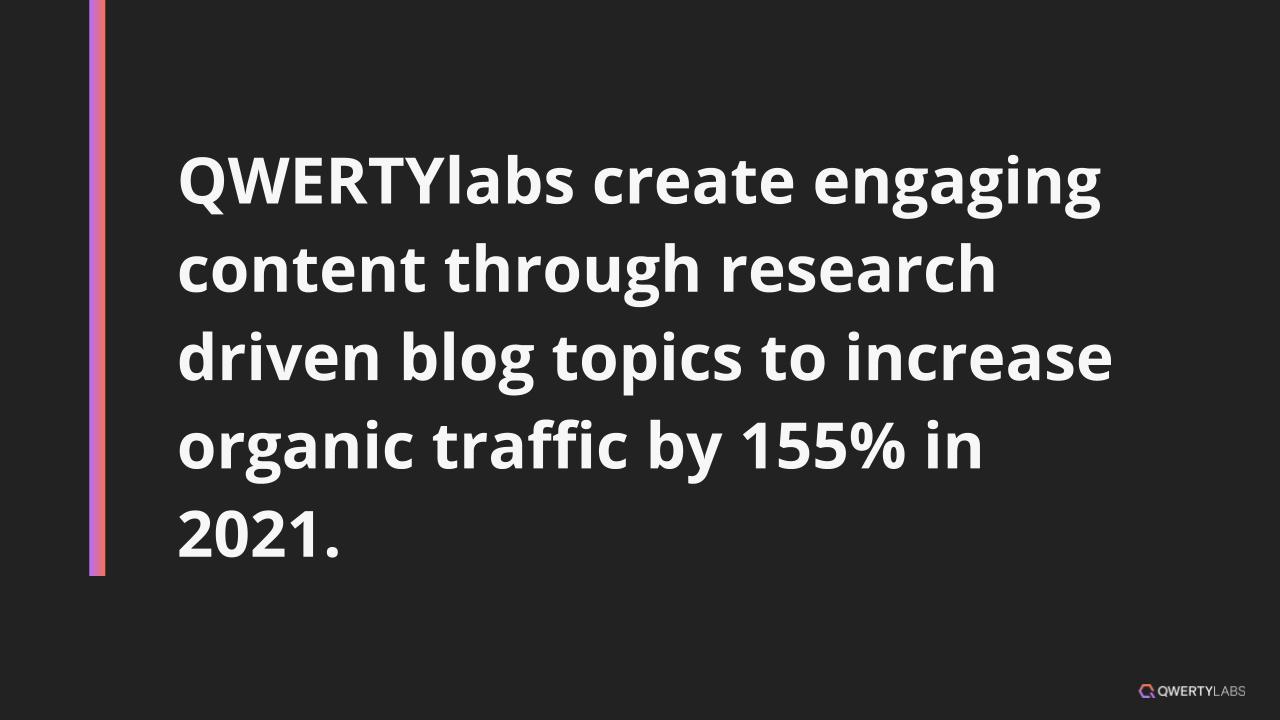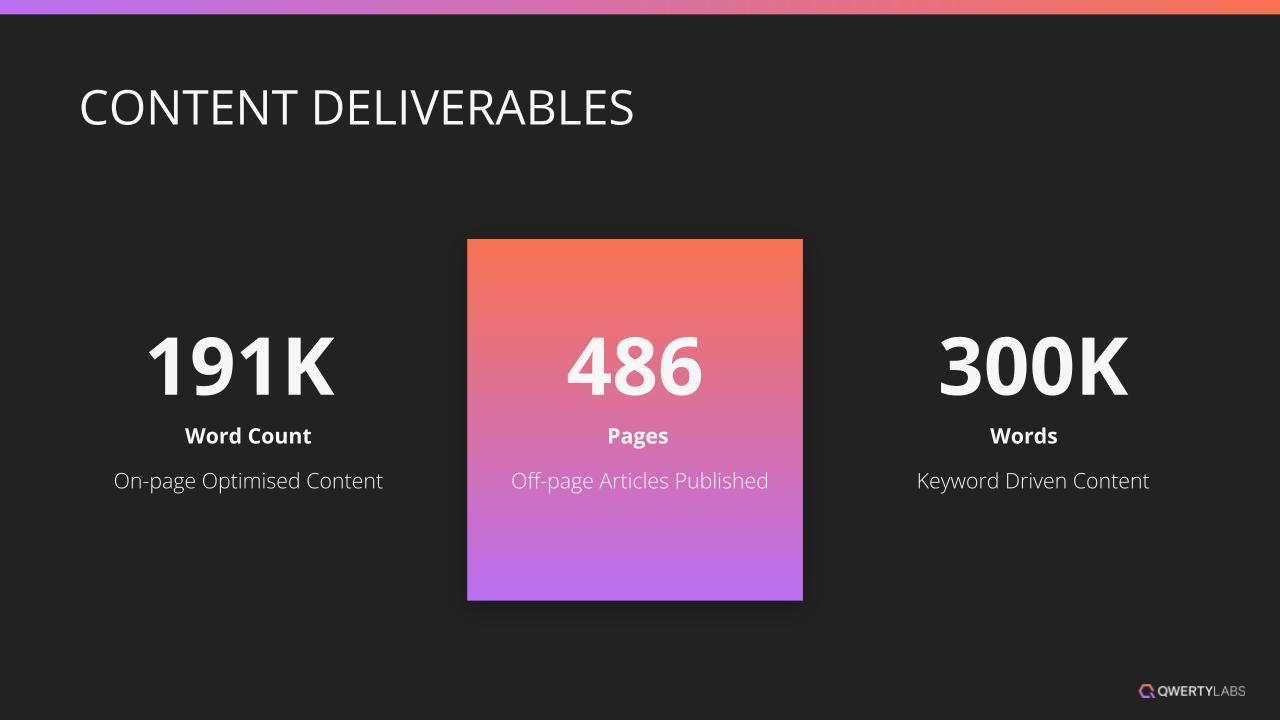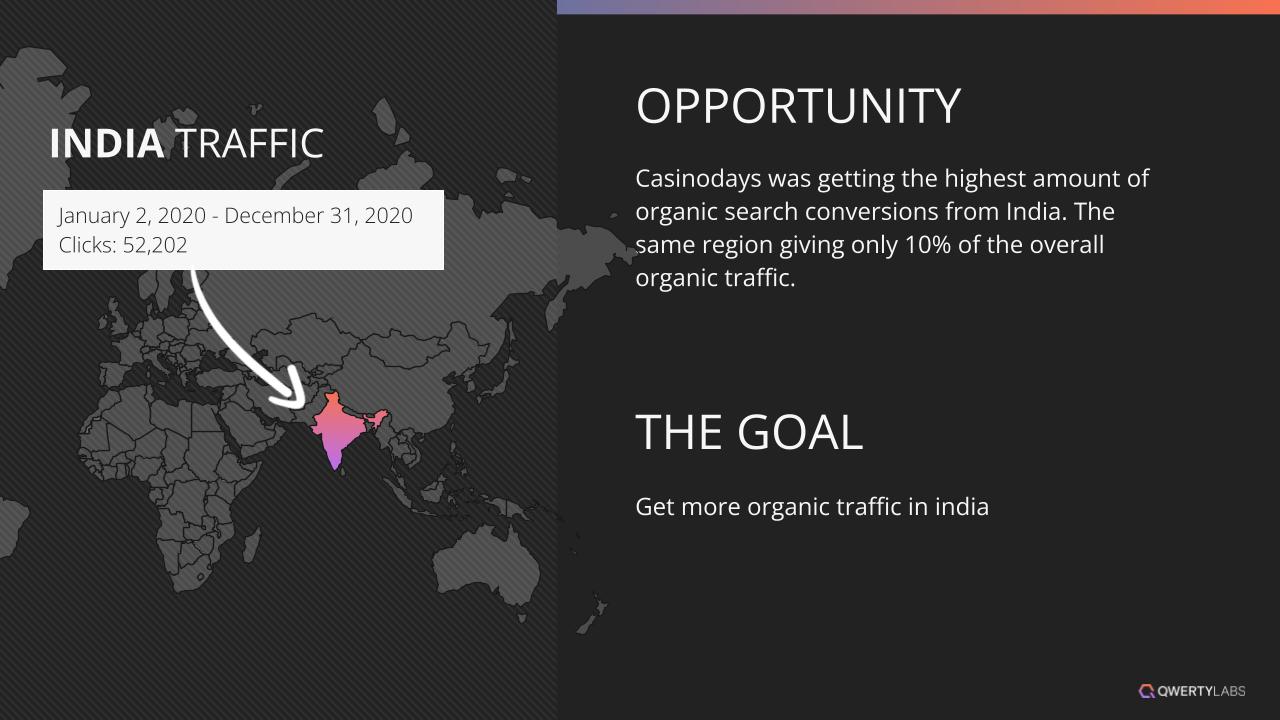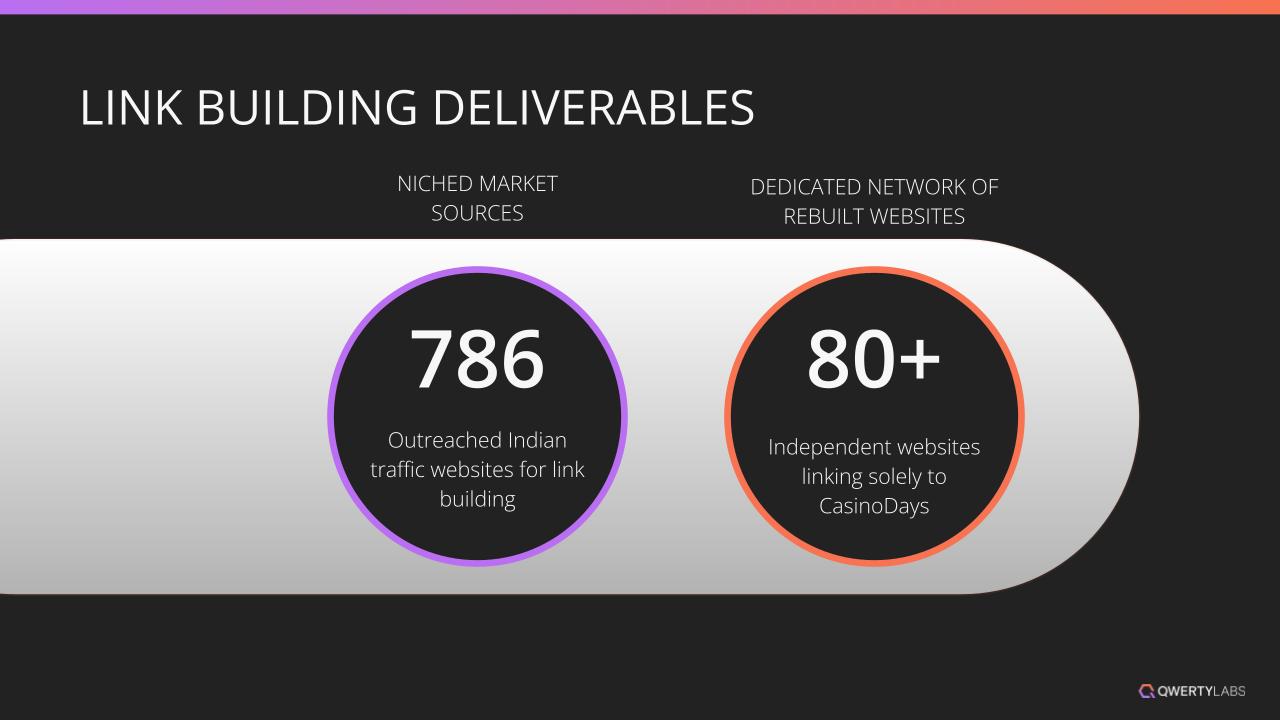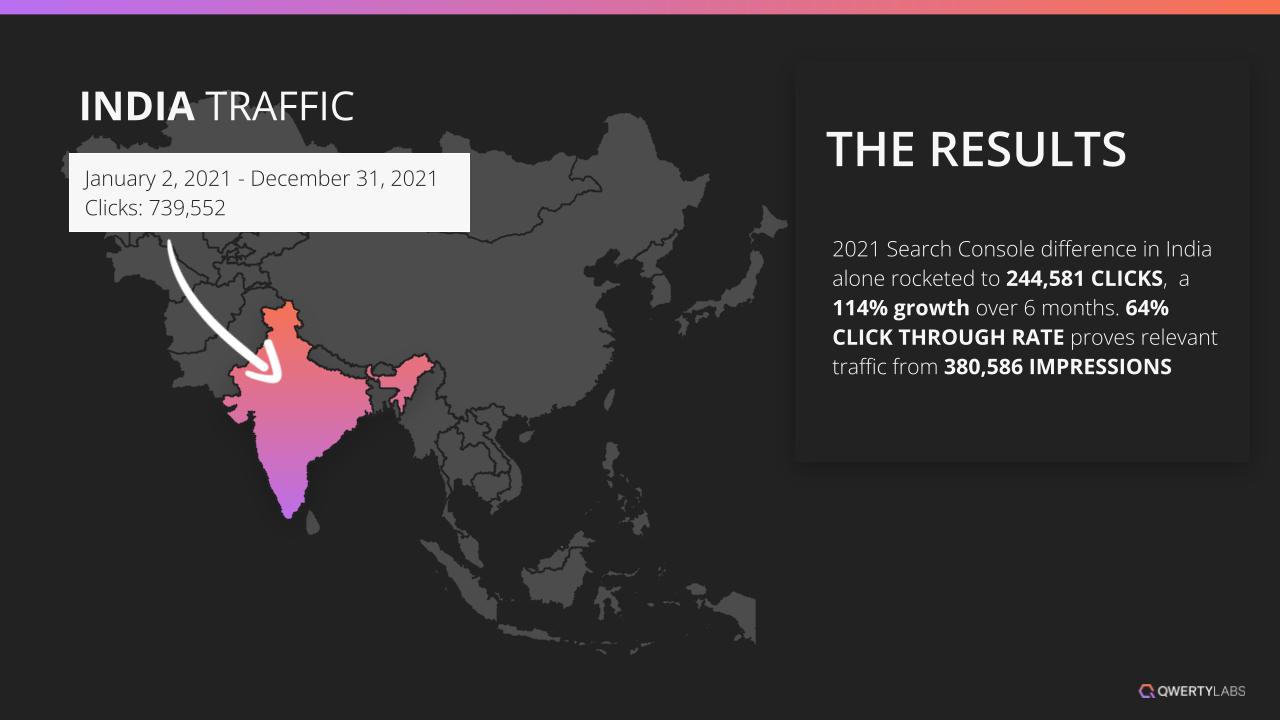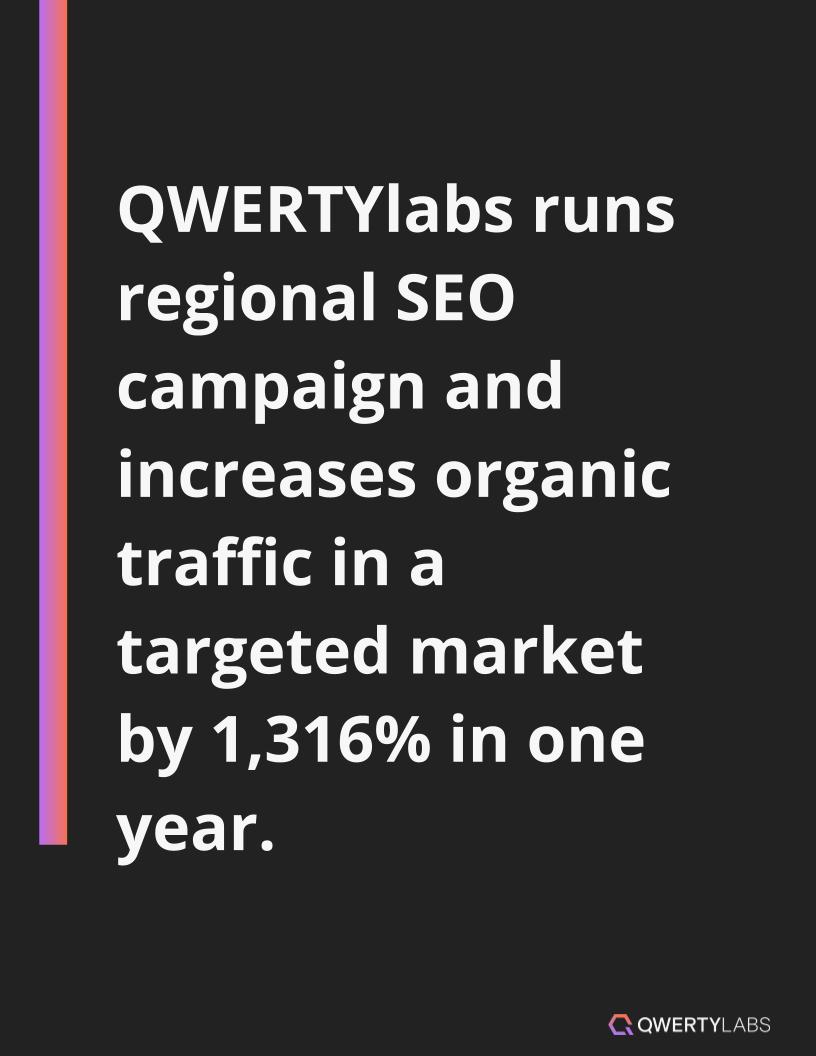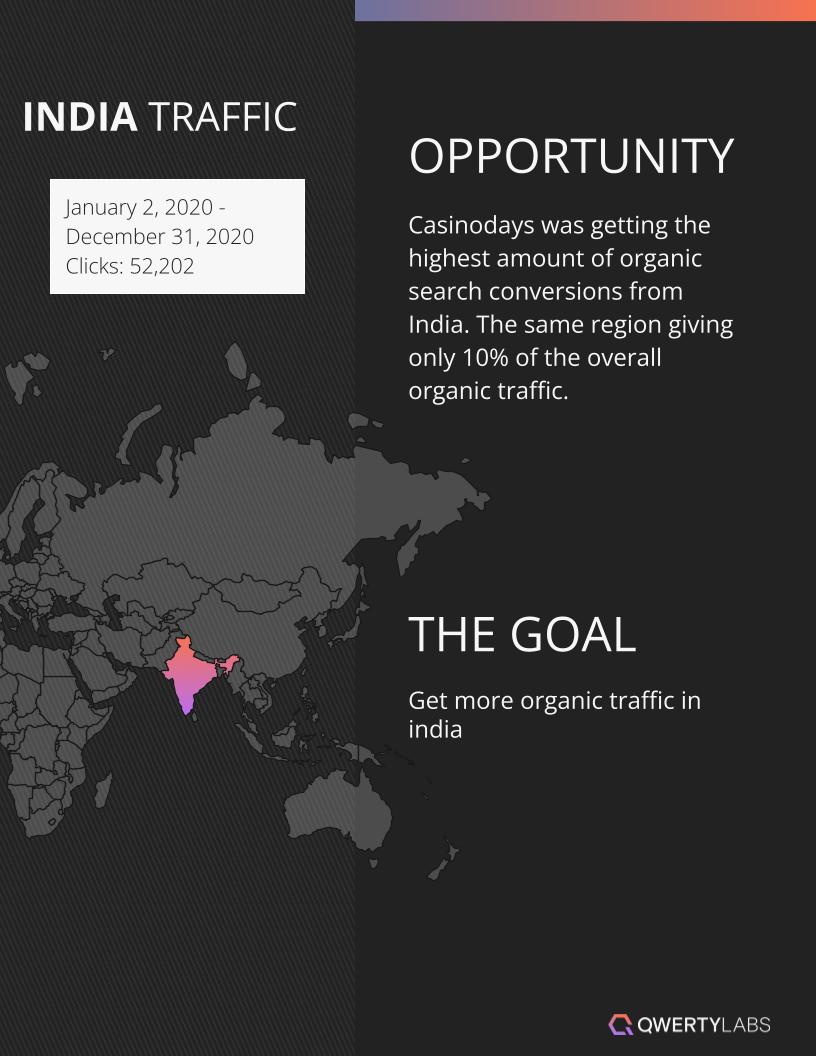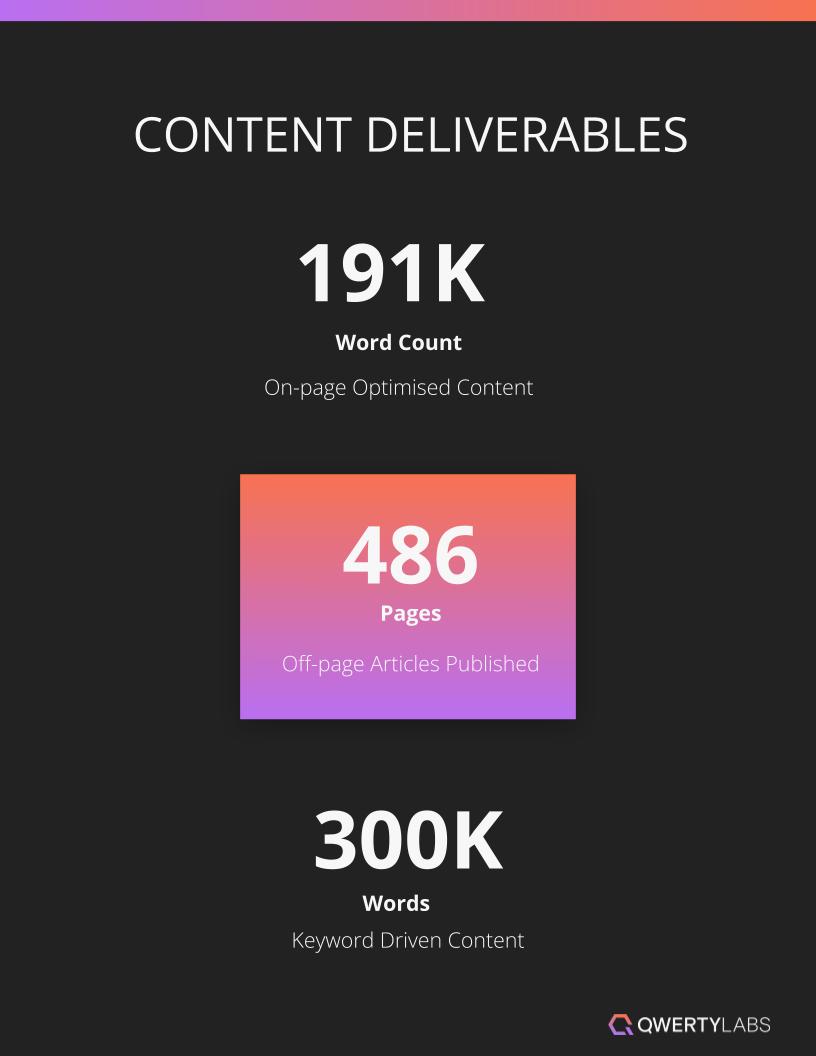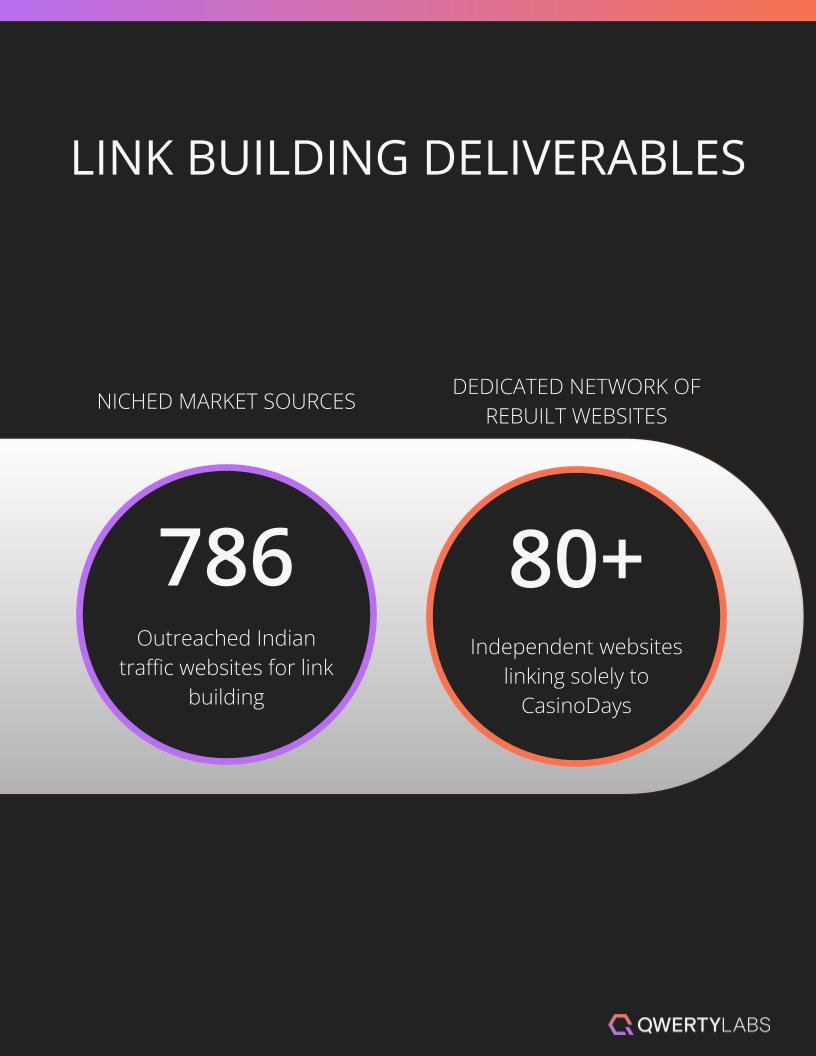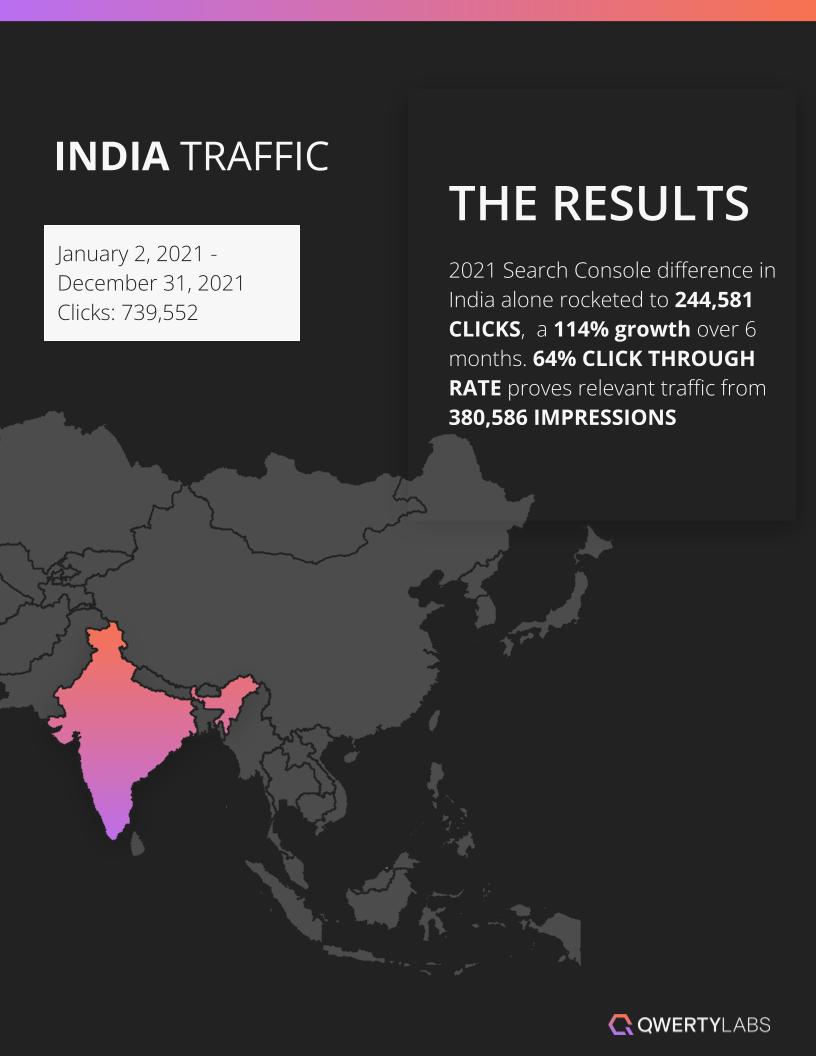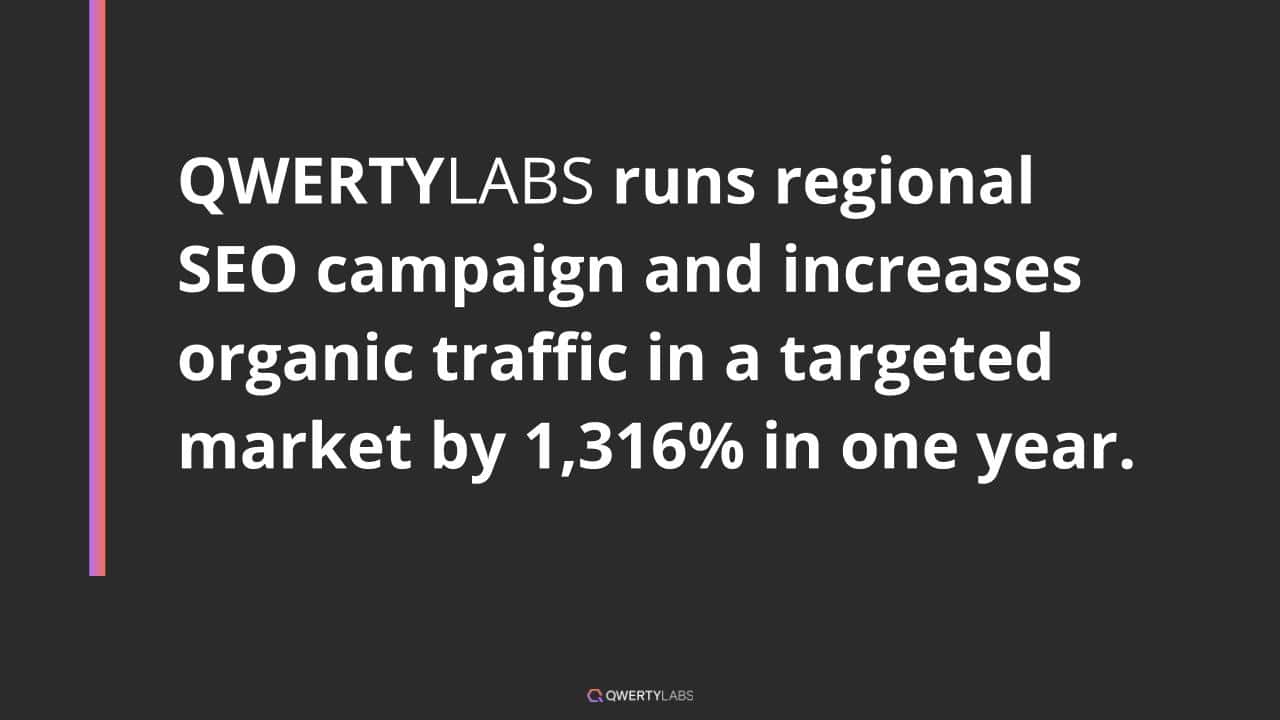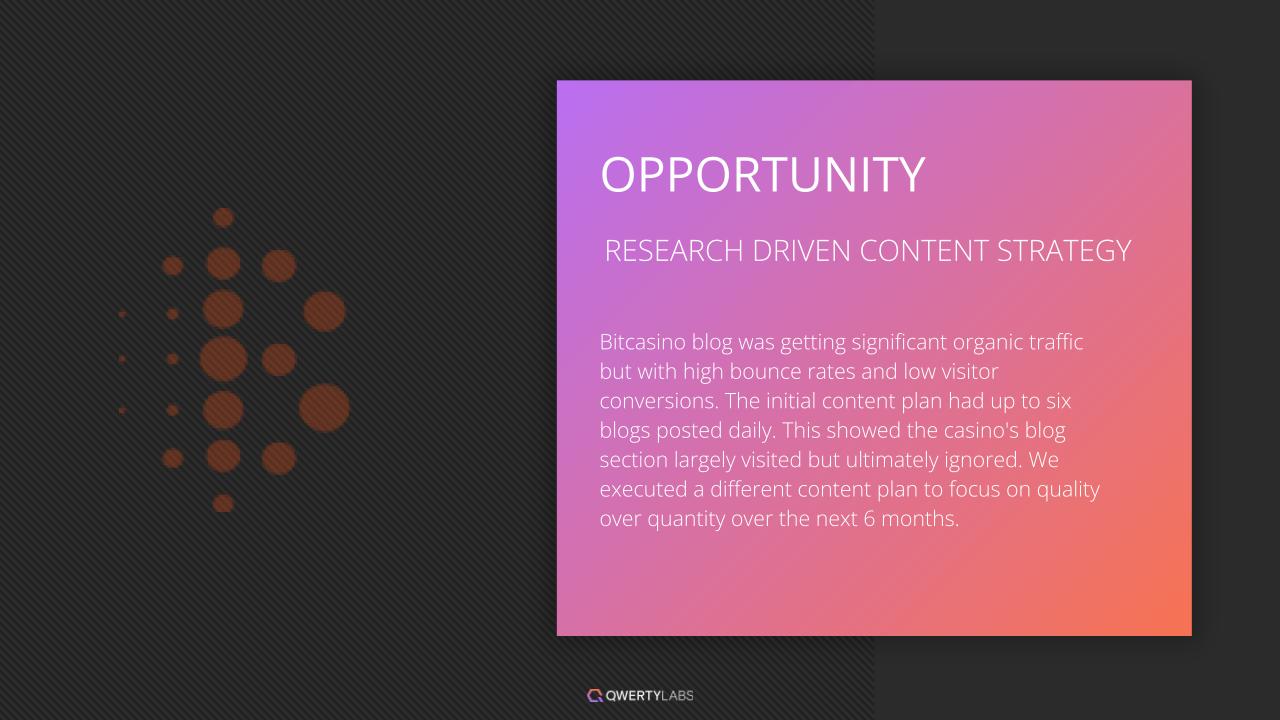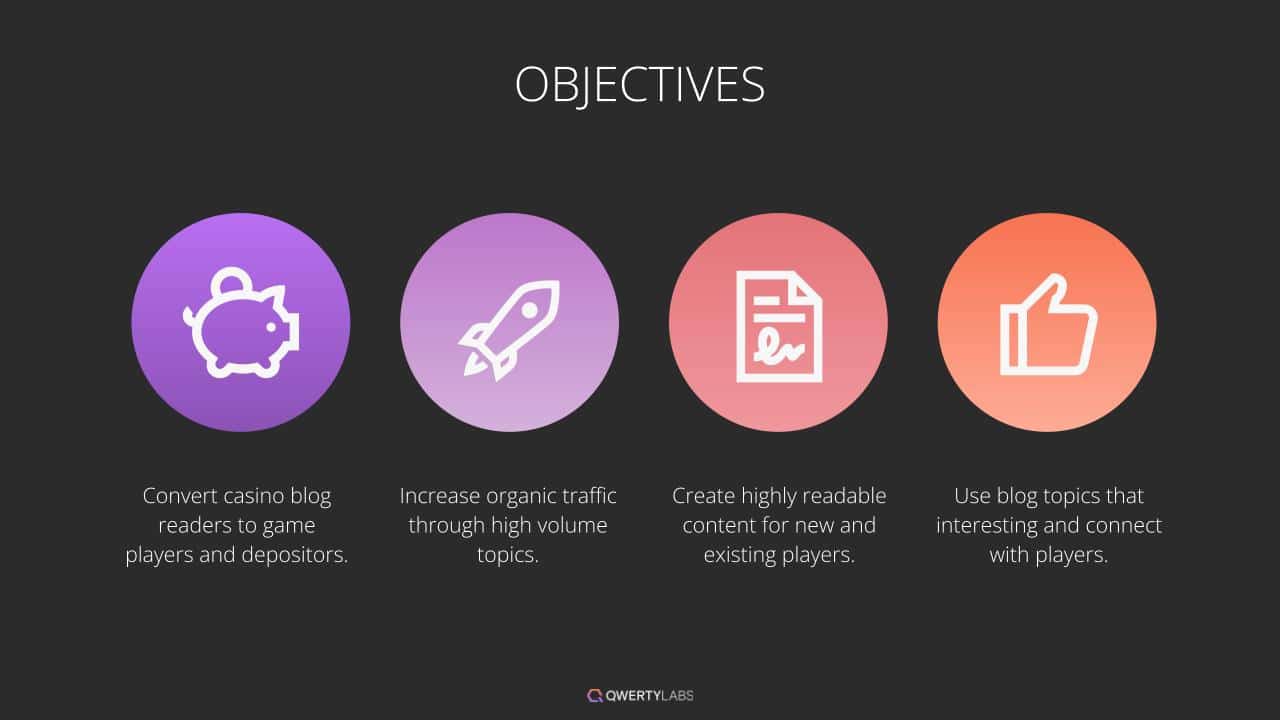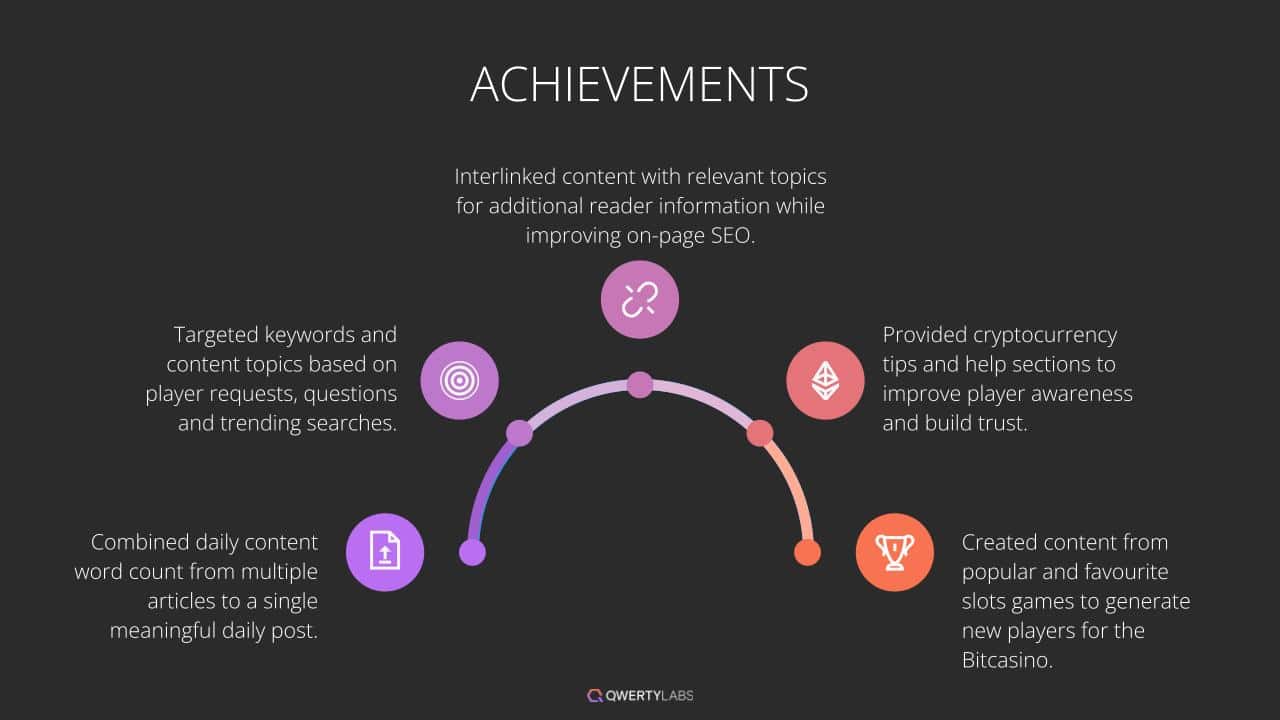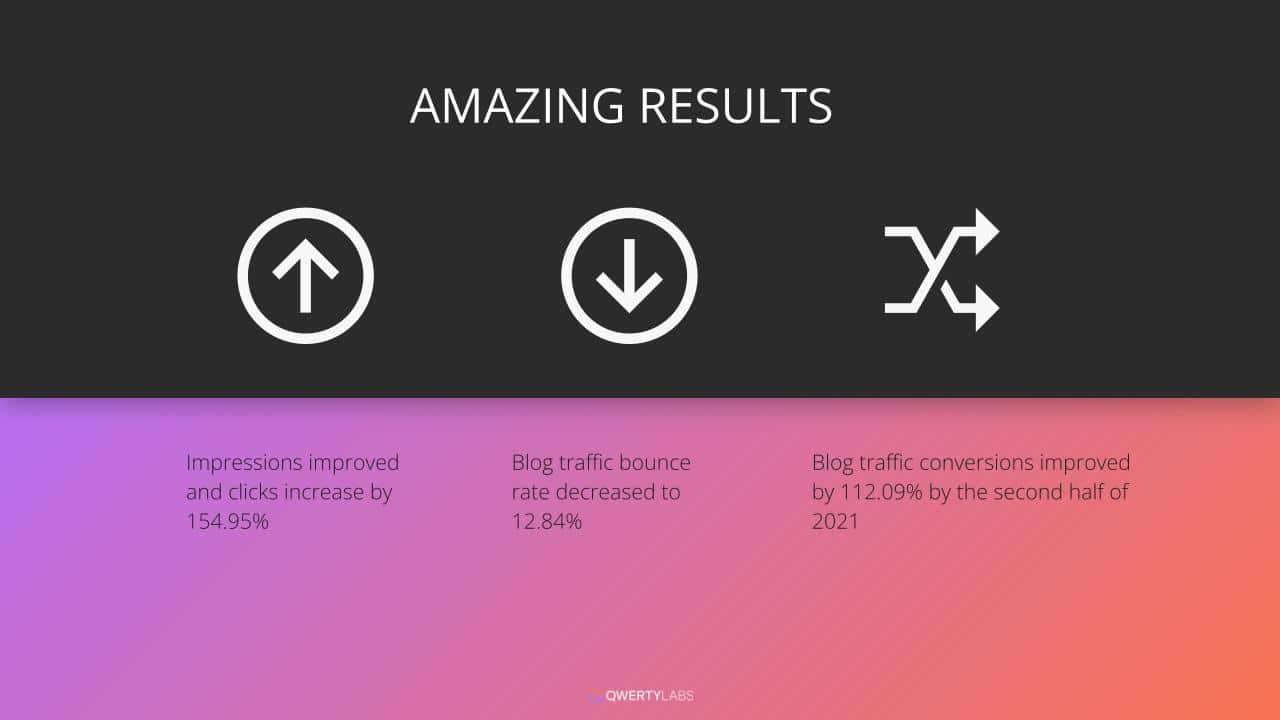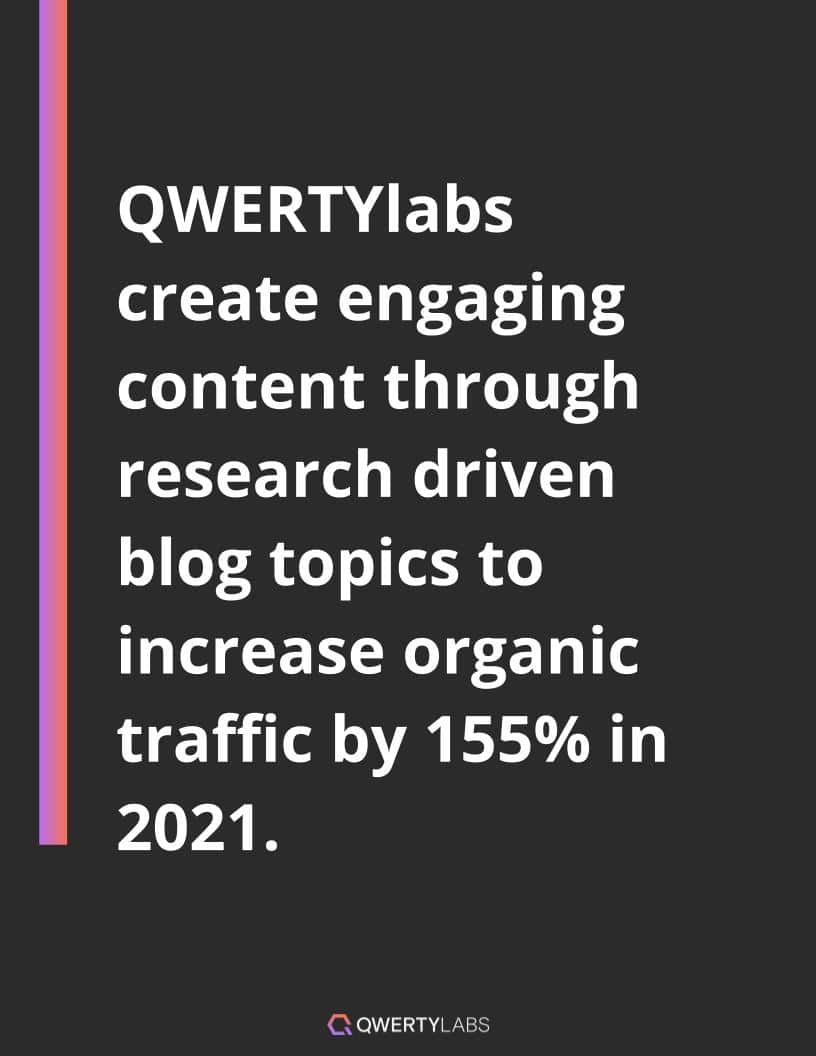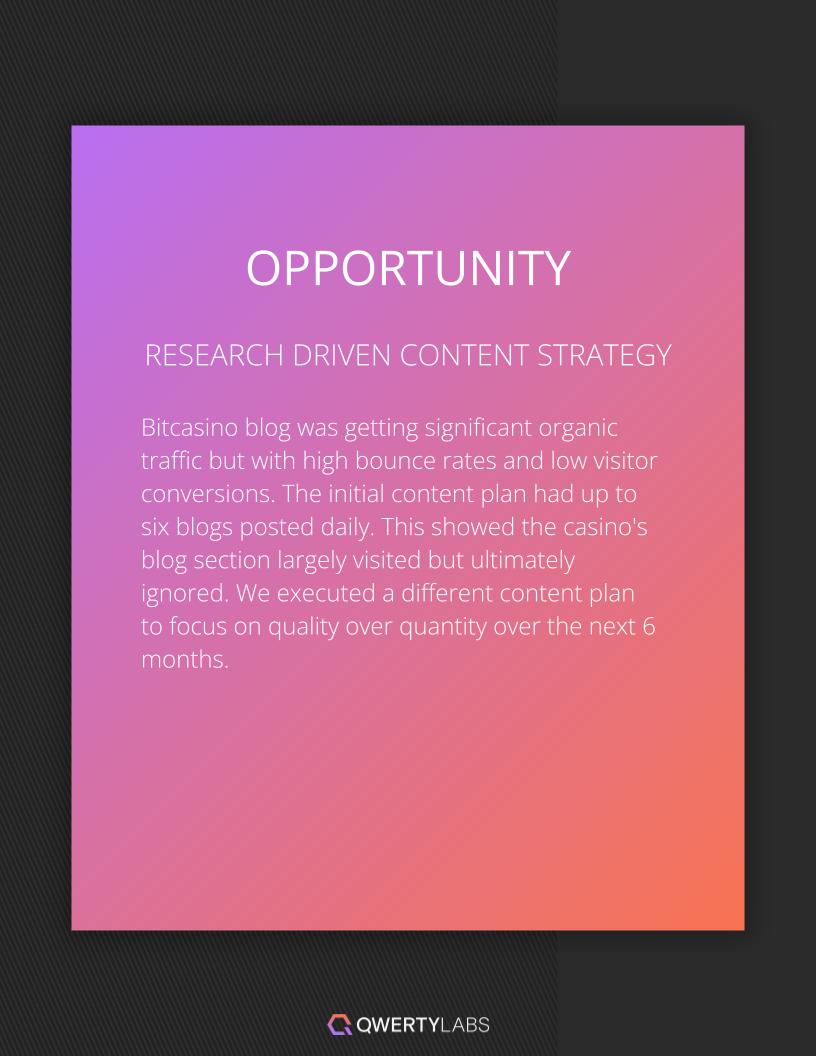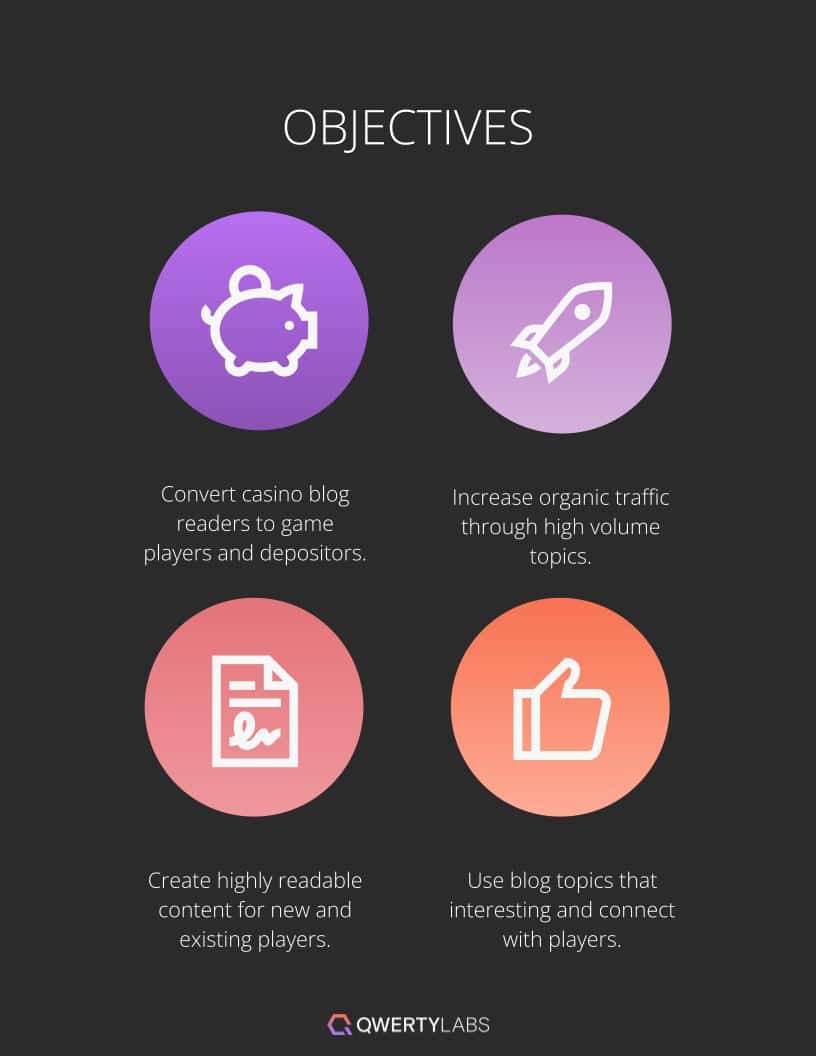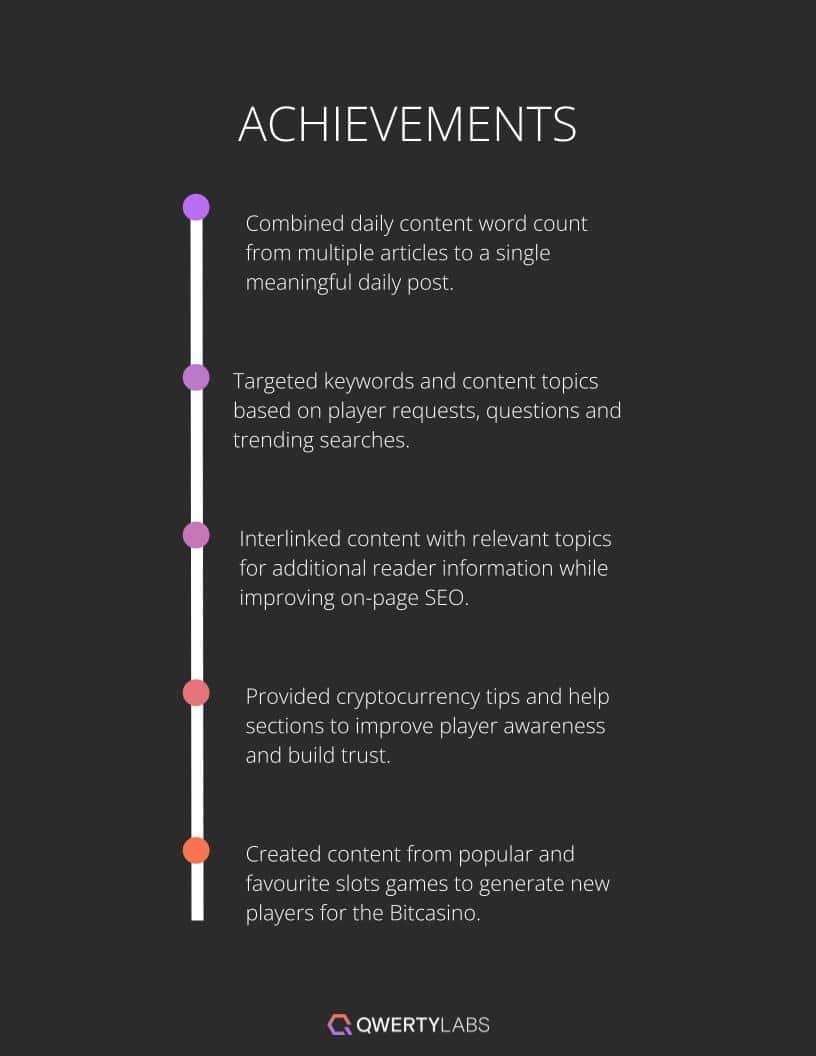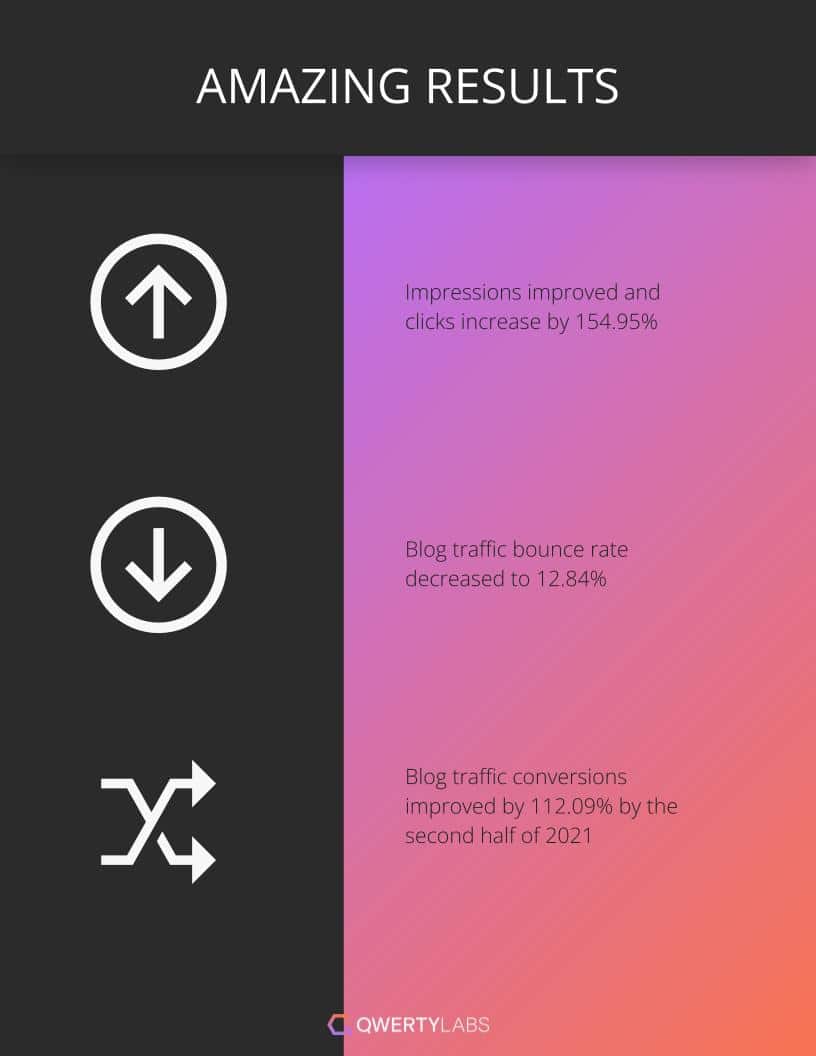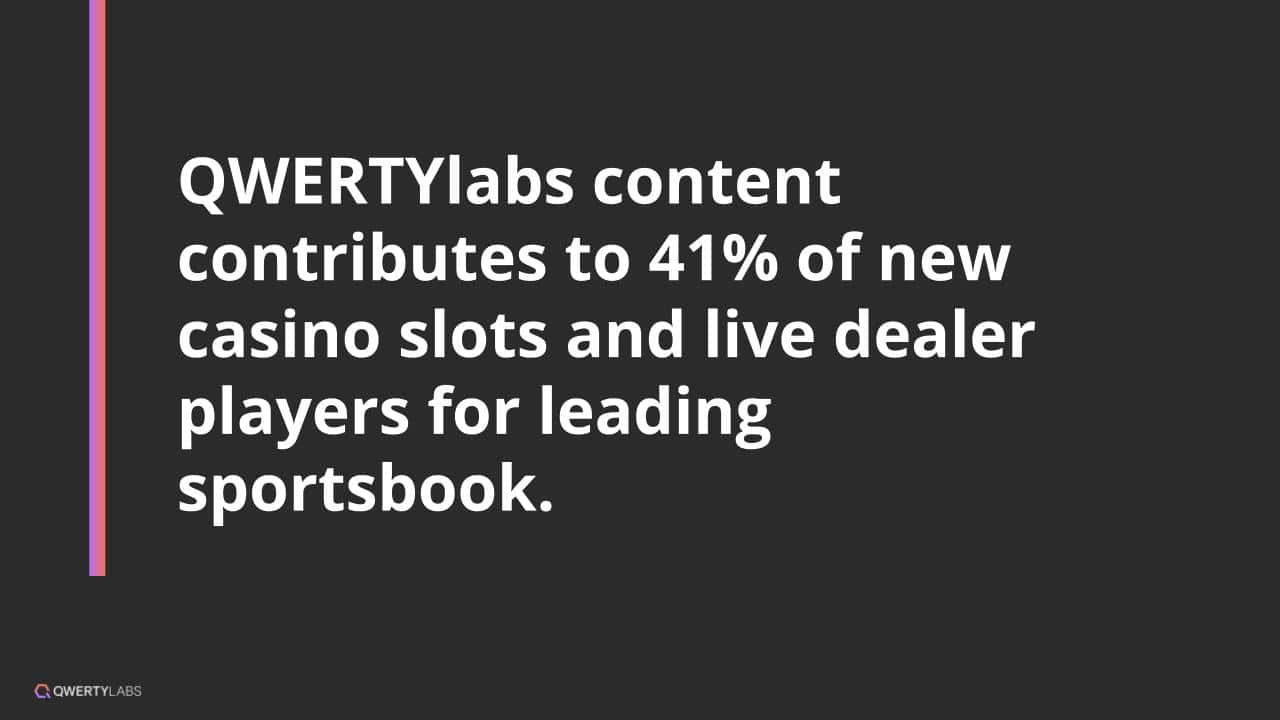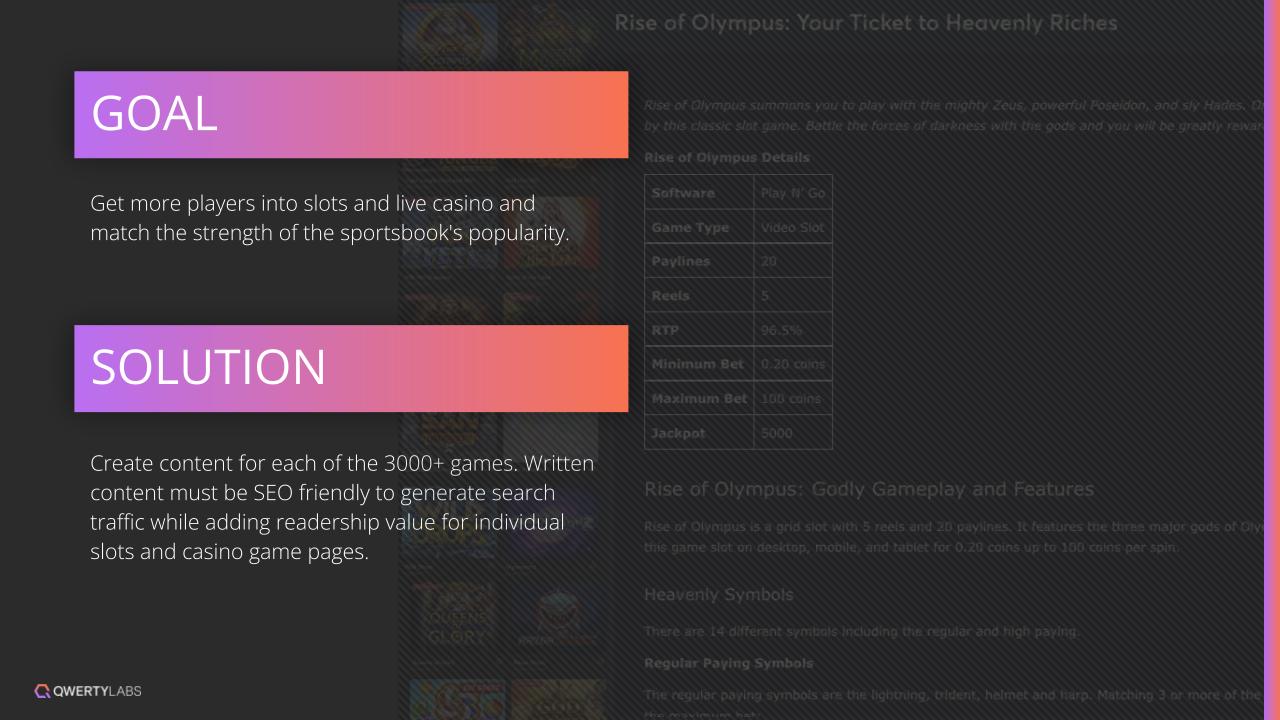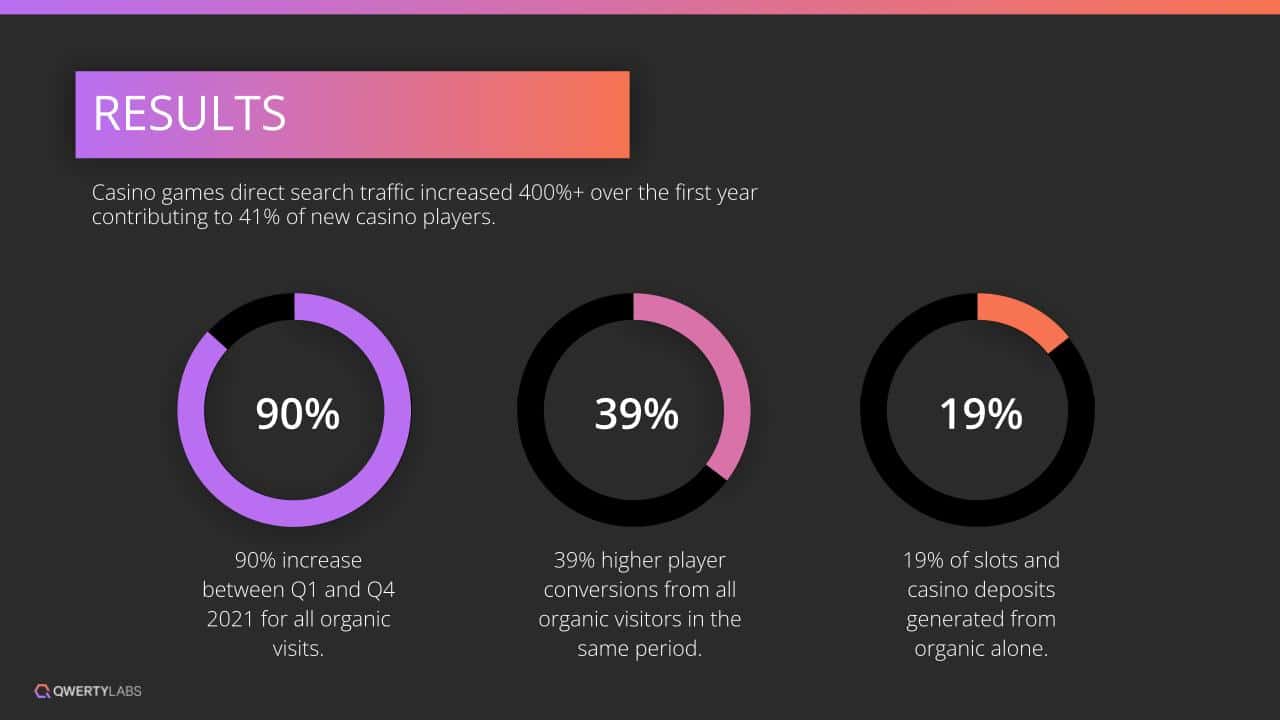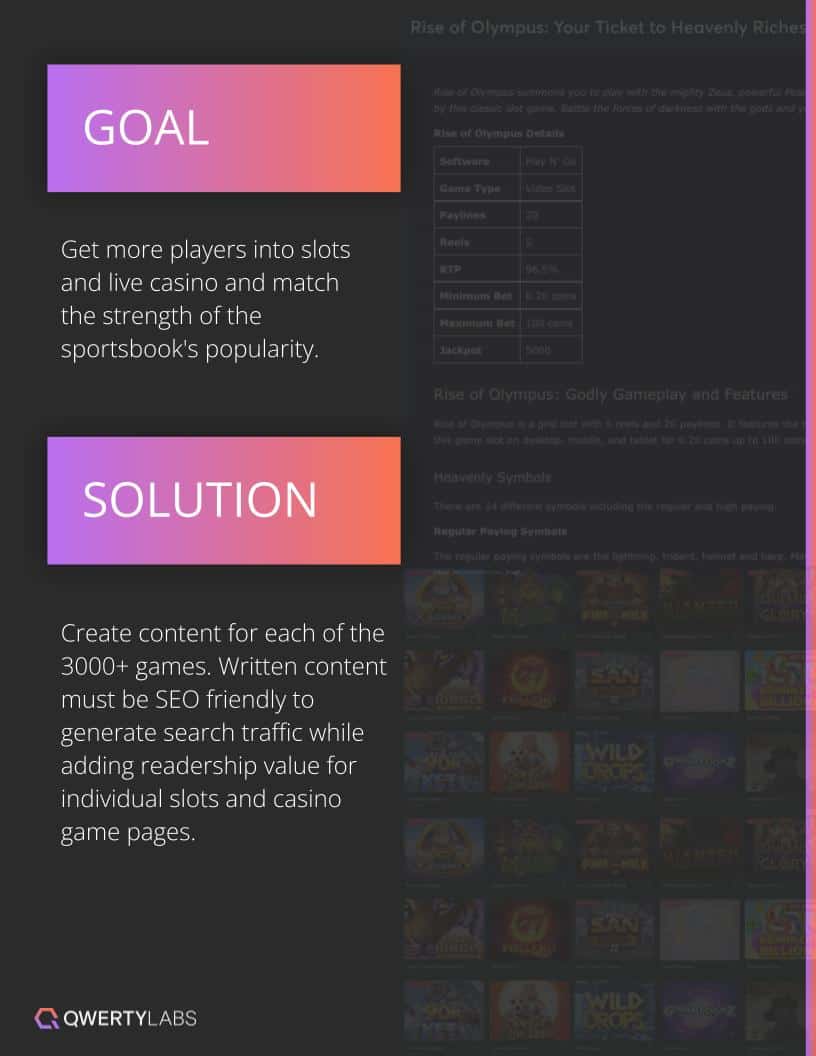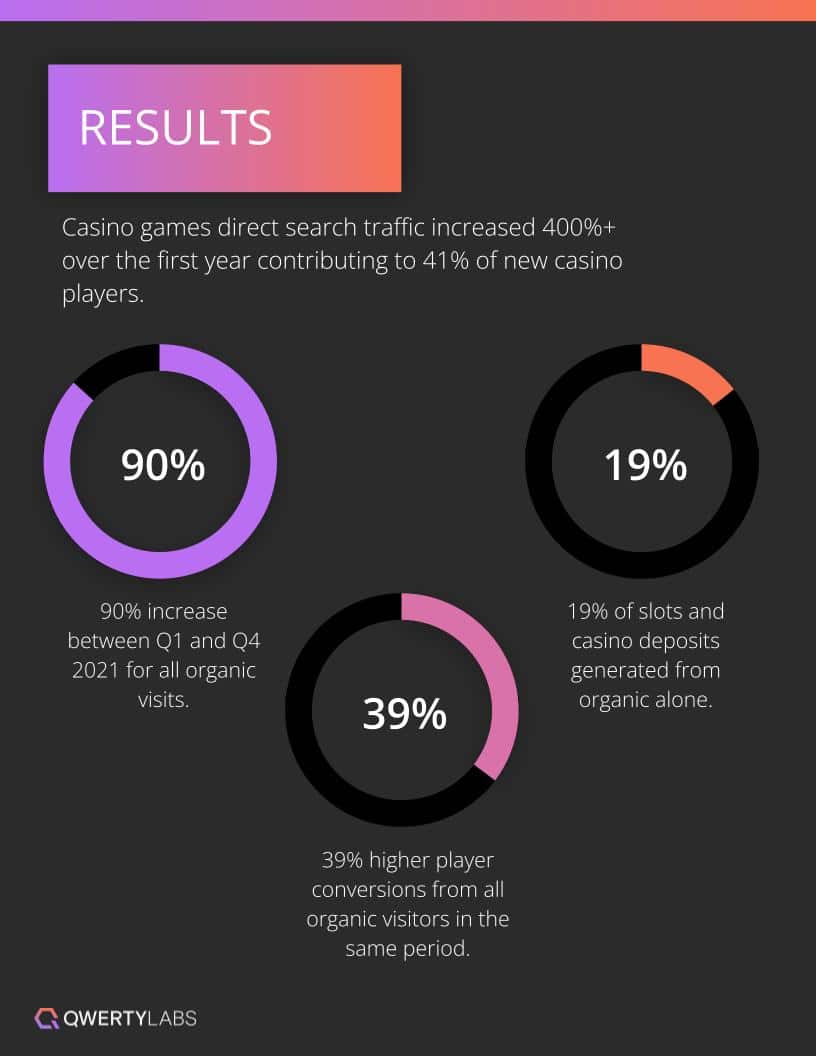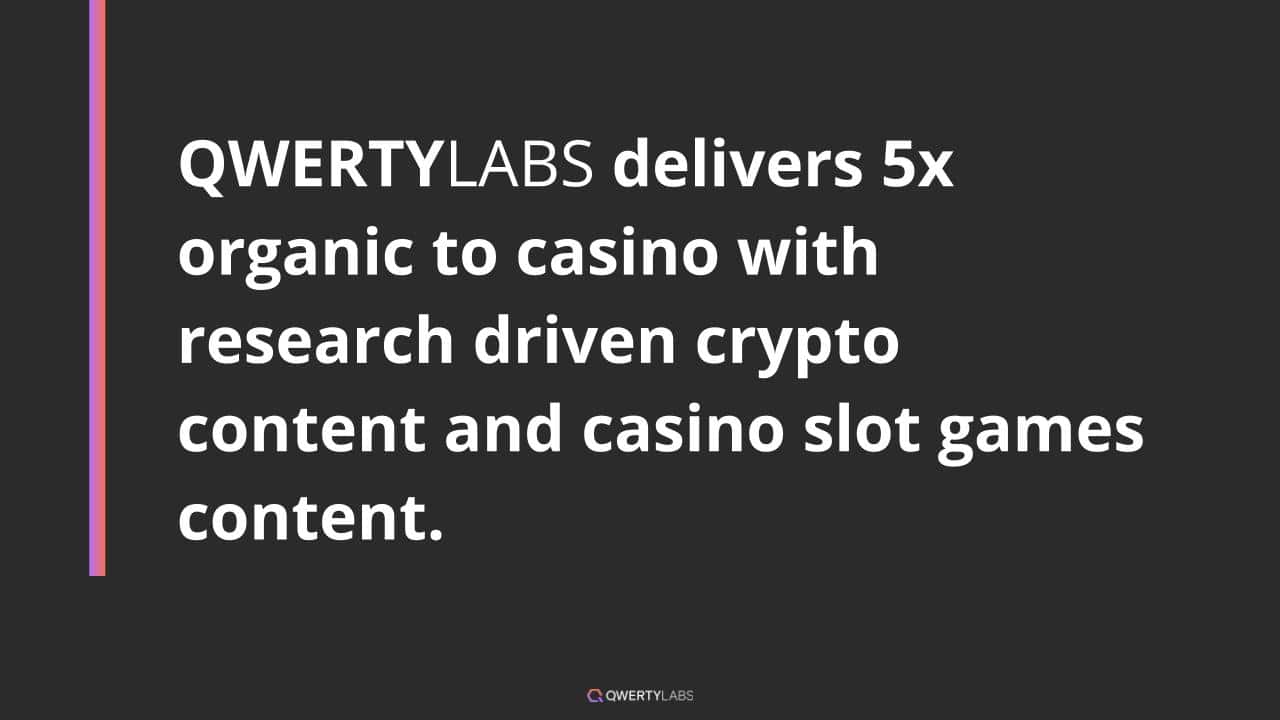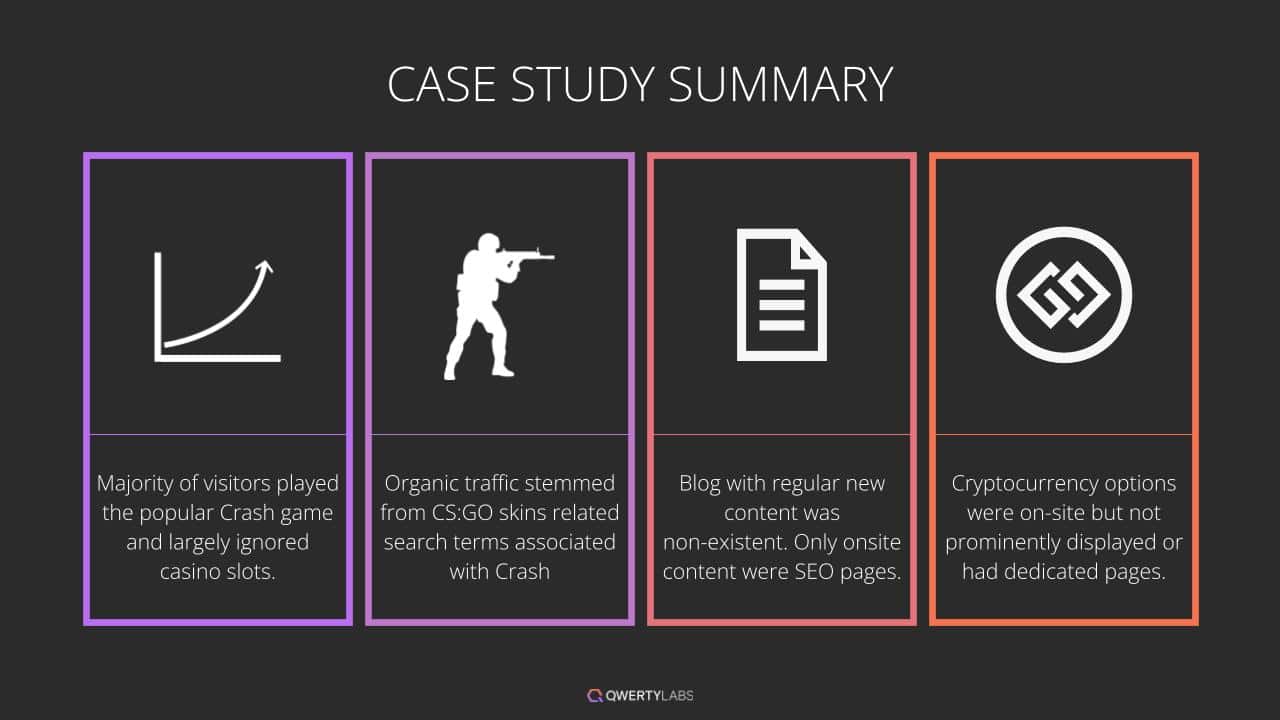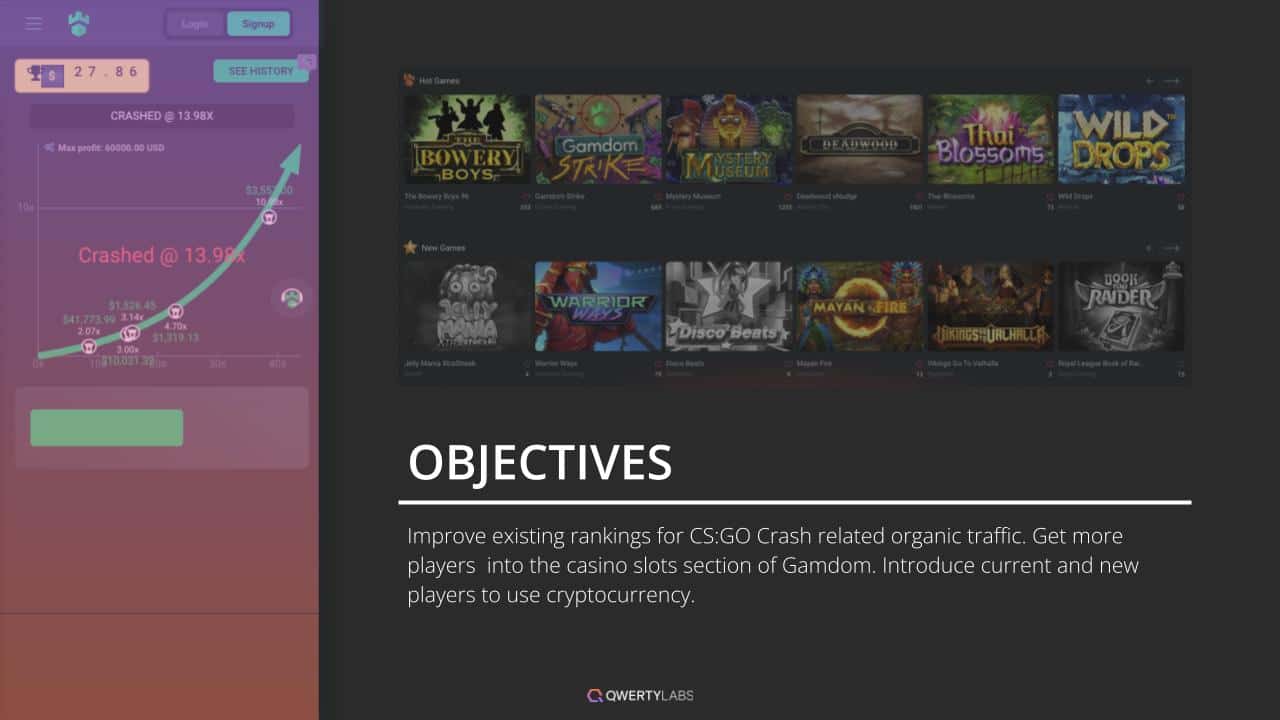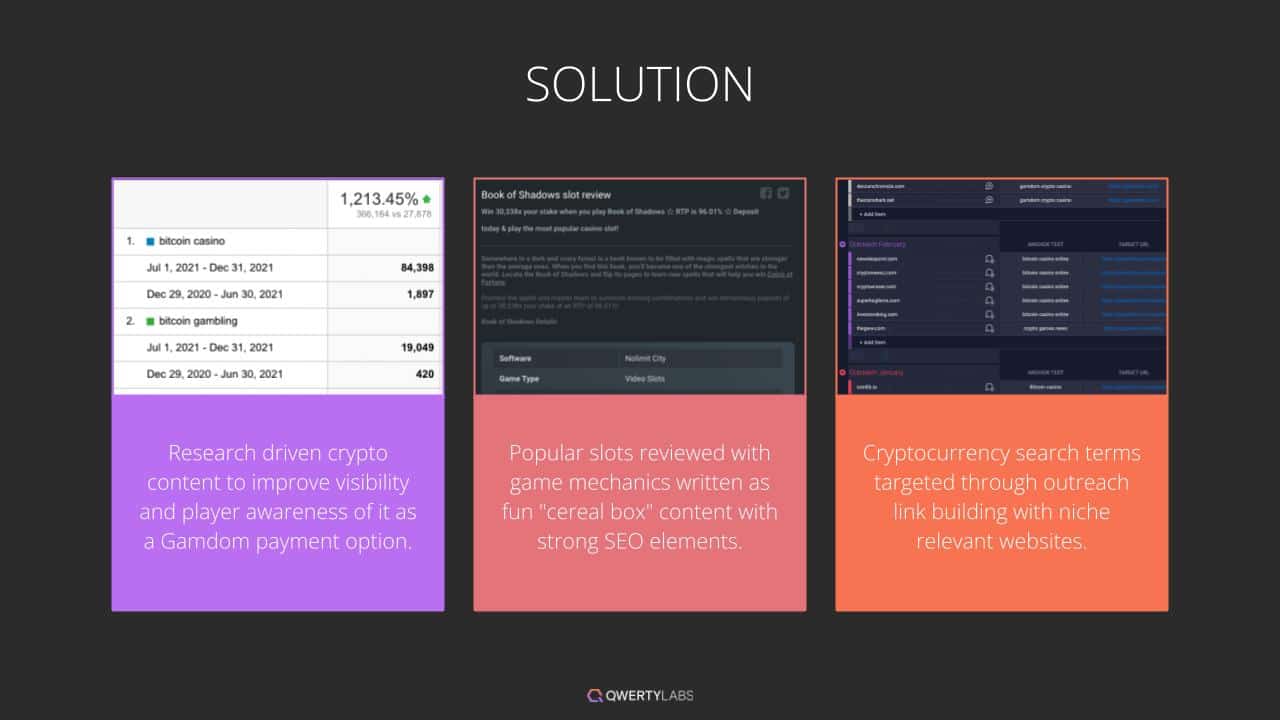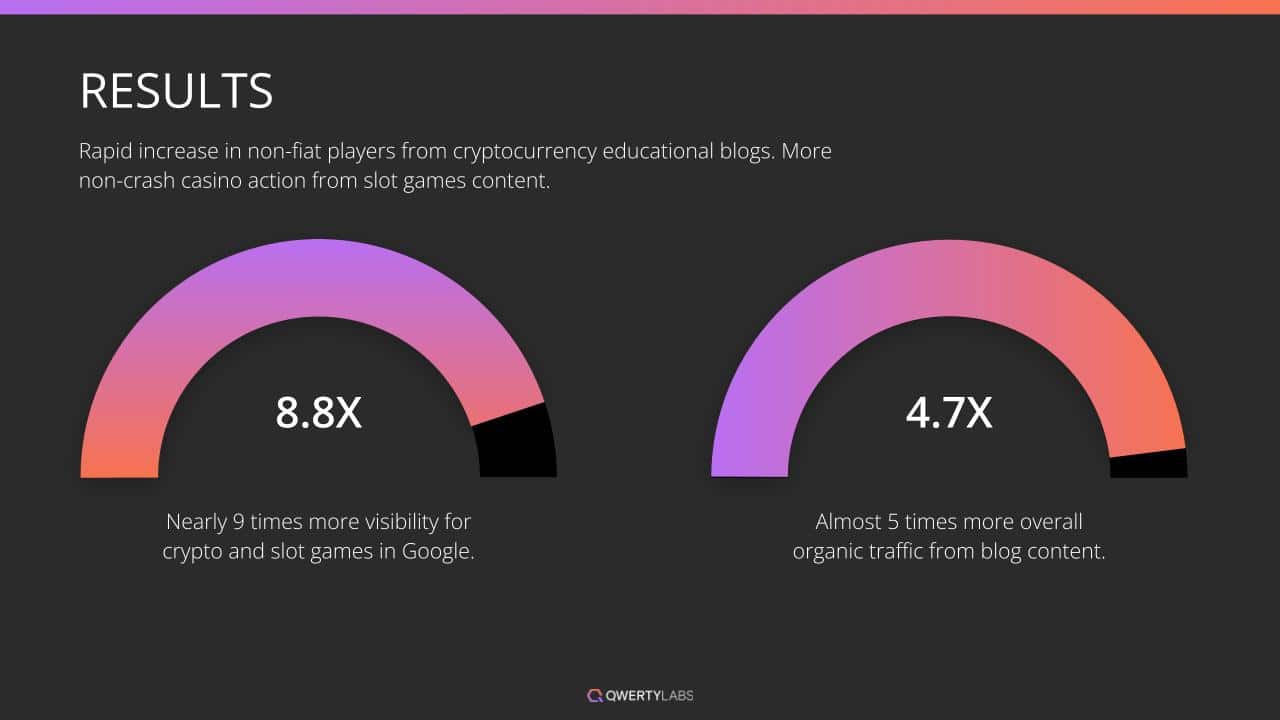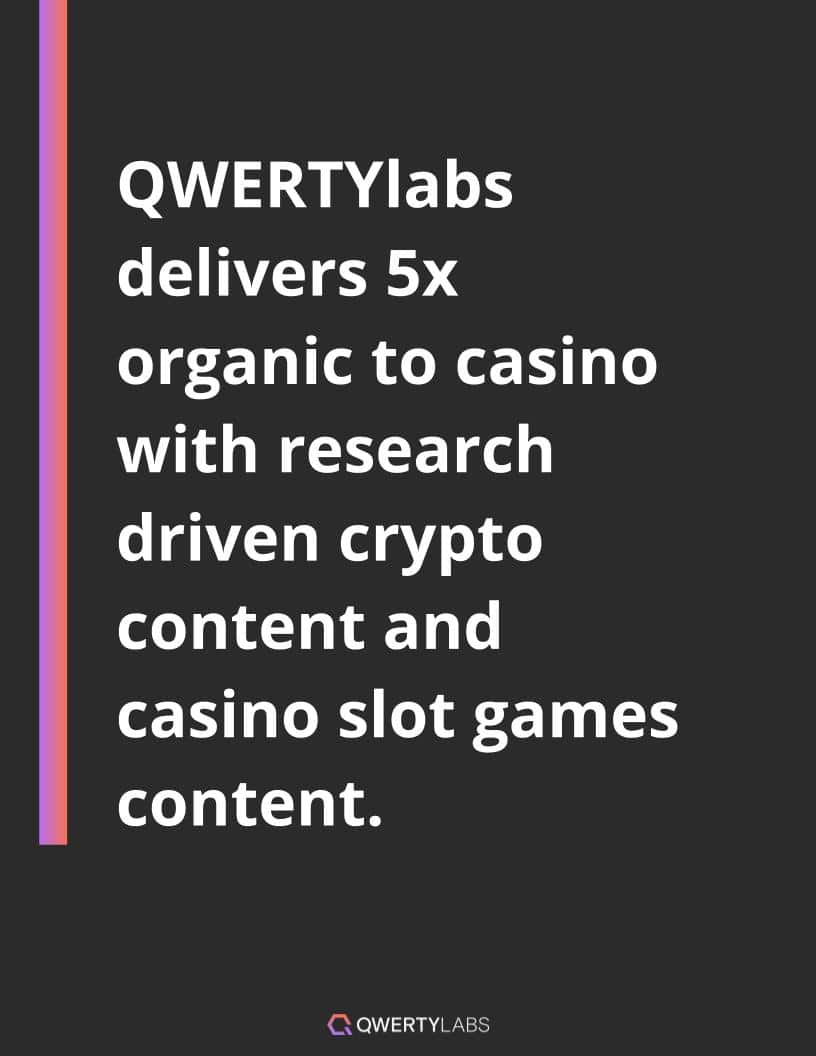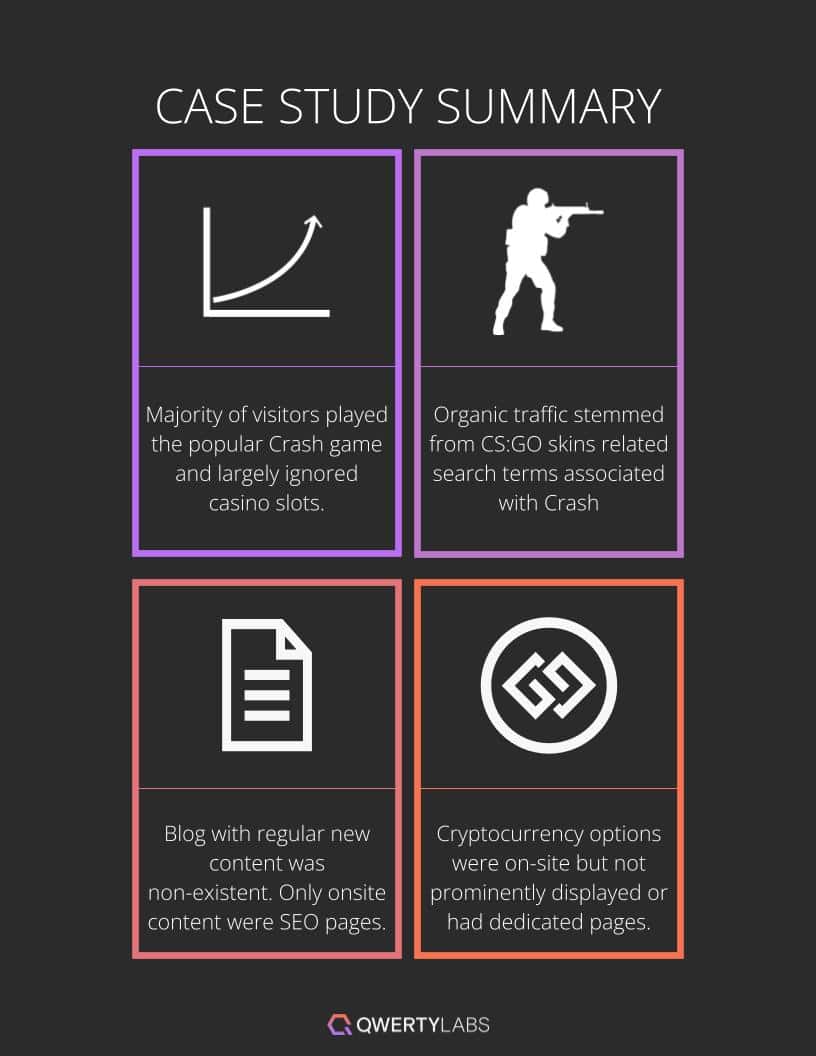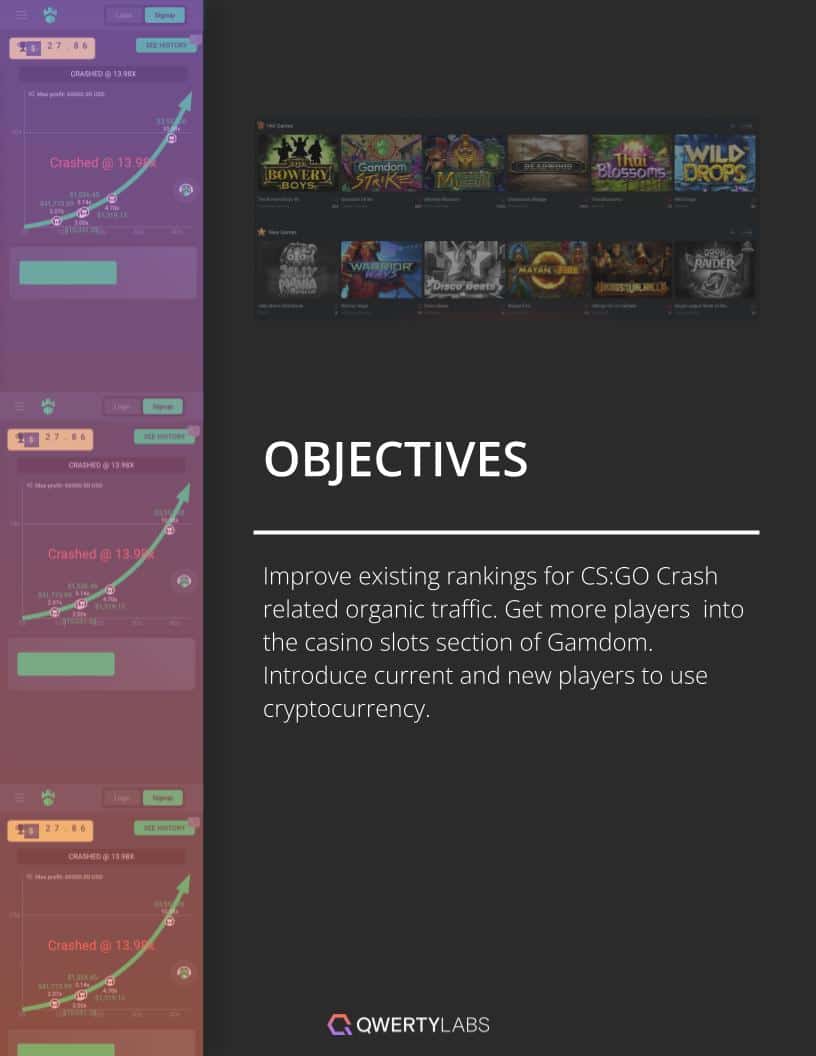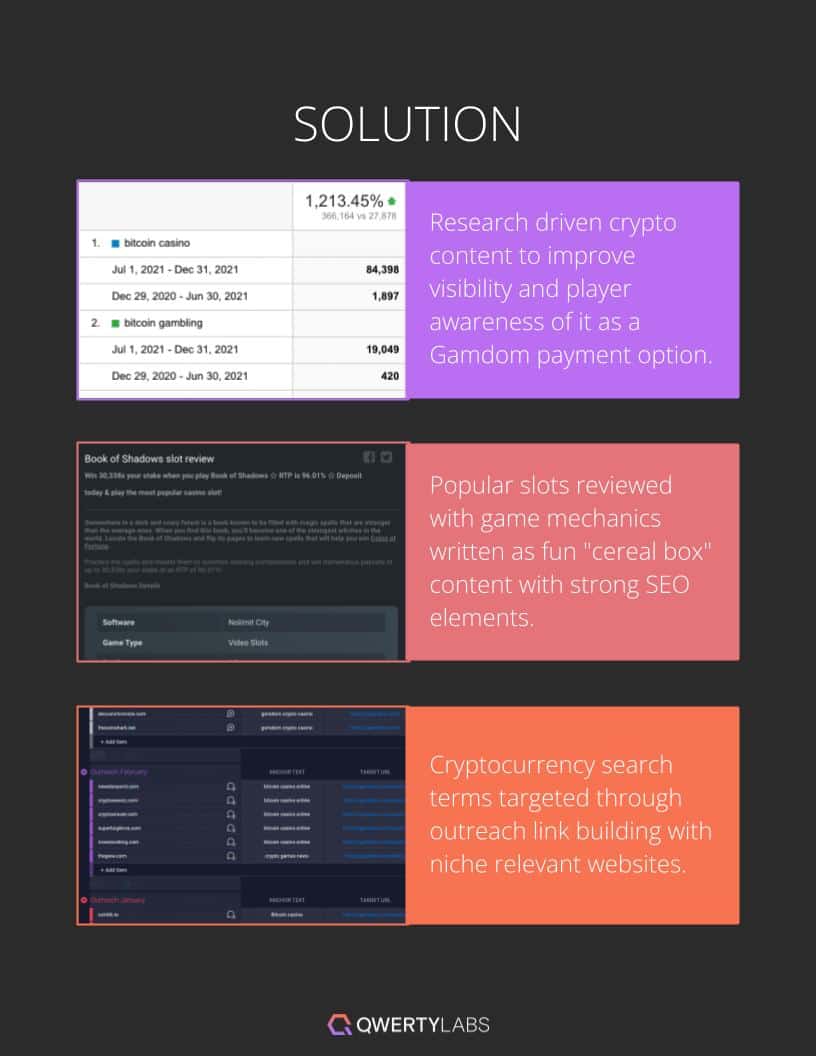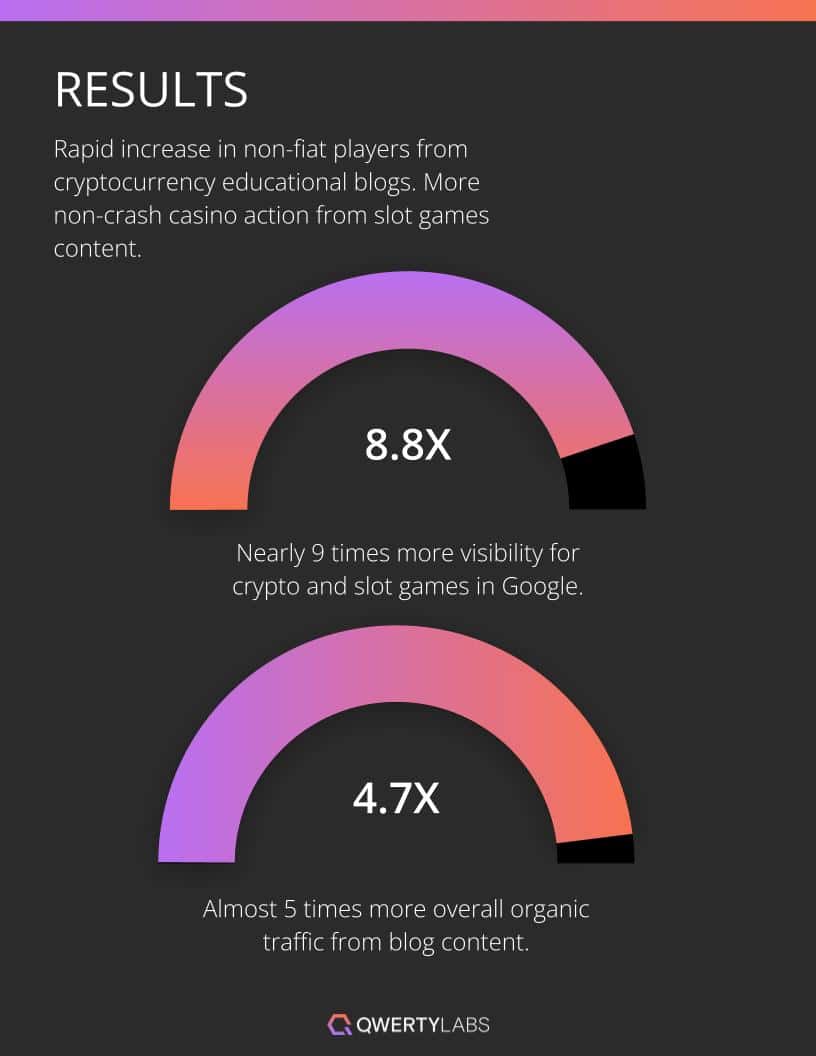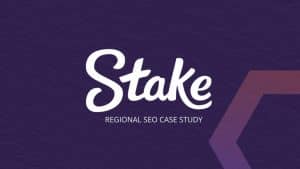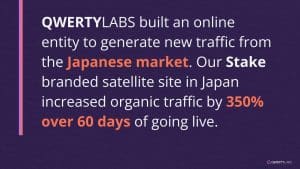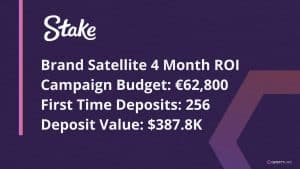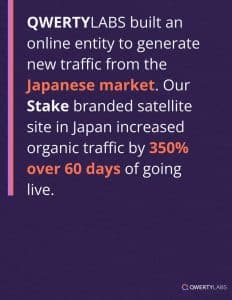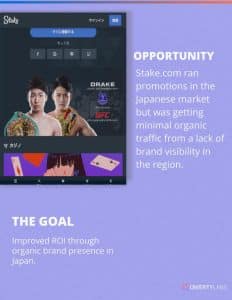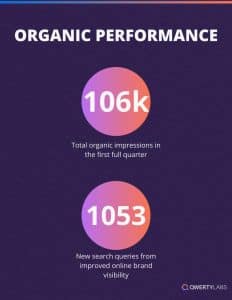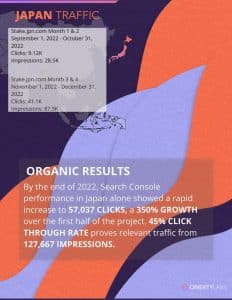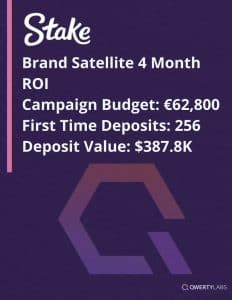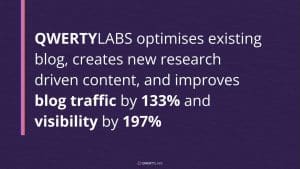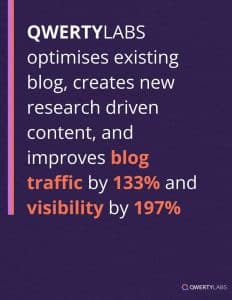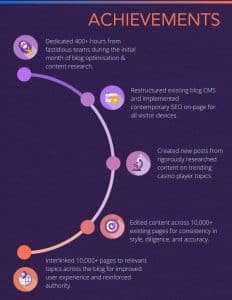A guide to proper brand event marketing to elevate your business
Every industry is competitive, so reaching people who will invest in your brand and engage with your product is essential. That's where event marketing comes in. It is a way to connect with your audience on a deeper level, build lasting relationships, and create experiences that resonate.
This blog is your comprehensive guide to crafting unforgettable events that promote your brand and ignite audience engagement. From innovative promotion strategies to surefire engagement tactics, QWERTYLABS will equip you with the knowledge to transform your next event into a brand-building triumph.
What is event marketing?

Event marketing is a strategic approach that brings people together to promote a brand, product, or service. Companies organise these events to engage directly with their audience, create memorable experiences, and build stronger customer relationships. It goes beyond simply throwing a party; it's about crafting a strategic, immersive experience that fosters connections with your target audience.
The beauty of brand event marketing lies in its variety. Brands can host everything from large-scale conferences and industry expos attracting thousands of attendees to intimate workshops and influencer meet-and-greets designed for a more targeted audience. The key is tailoring the event format to your brand goals and target demographics.
Different types of event marketing

Event marketing comes in various forms and is effective in certain situations. Knowing which will align with your goals in reaching your target audience. Here are some of the biggest event marketing types to look into before planning your event to market your brand:
Conference

A conference is an event where industry professionals and company employees come together. The main goal of this type is to facilitate brand interaction, which can happen through small-group discussions or large-scale presentations in a hall.
Conferences consist of many other sub-events that happen on the schedule. You can have plenty of speakers talking to their peers and workshops to assist in furthering each other’s brands. There might even be some industry event marketing tips thrown around during those talks, which could elevate your brand’s level.
Workshop

A workshop is a humbler option than the previous one, as you are holding this event to share knowledge and build proper education about your niche. It is held to share knowledge and provide adequate education about your niche. While you can still invite people from the same industry, workshops are often open to the public. By attracting more people to your niche, you contribute to the advancement of your industry.
This event type is your chance to position your brand as an expert in a particular field, foster trust and credibility, and generate leads from attendees interested in learning more.
Webinar

Events are not limited to physical gatherings; they can also be held online. With the rise of online meeting apps like Zoom and Microsoft Teams, you can have seamless interactions and accessible online seminars, also called webinars. While physical seminars are a great way to talk about your brand and services, they don't have the all-encompassing reach since you need to be in the room.
Meanwhile, webinars can reach a global audience without the limitations of geographical boundaries. This allows your brand to engage with participants from different regions simultaneously. It is also a helpful tool for generating leads. Attendees typically register with their contact information, providing a pool of potential customers for follow-up marketing efforts.
Party

Hosting a party creates a relaxed atmosphere, helping you to build relationships within your industry in a non-business setting. While you can still talk about business while having fun, you are more likely to be at ease than other, more restrictive events. You can become more open to people and enjoy the whole experience with them, making way for good business relations.
Another benefit of parties is that they can attract a wider audience than other event formats. This allows you to reach potential customers who might not be interested in a traditional industry conference or workshop. Parties can also showcase your brand personality creatively and memorably. The atmosphere, music, activities, and overall theme can all contribute to a unique brand experience.

Importance of event marketing

Hosting a brand event marketing is a reliable strategy that could elevate your brand to new heights. This opportunity is about transcending the limitations of traditional advertising and creating immersive experiences that leave a lasting impression. Here's a breakdown of why brand event marketing is vital in today's marketing landscape.
Boosts brand awareness and visibility
When you hold an event, your brand becomes even more prominent, which matters in business due to the tough competition. Social media can streamline your brand visibility, but more people will become more familiar with it when you hold events. You can create a dedicated audience that shows interest in your offers and services, which could influence other people’s perceptions of your brand.
Cement your presence in the industry by holding some of the best events in the space. Do not take event promotion opportunities for granted; they can help elevate and leverage your popularity in your business dealings, helping you hit your target.
Creates deeper connections
Brand event marketing excels at fostering deeper connections with your audience because it prioritises relationship-building through interactive experiences. Unlike traditional advertising tactics, brand event marketing is all about face-to-face interaction. Events create a platform for real conversations and personal connections between your brand and your target audience. This human element fosters trust and a sense of familiarity, strengthening the relationship.
Moreover, brand event marketing isn't a one-way communication channel. Events provide a valuable opportunity for interactive engagement. Attendees can ask questions, share feedback, and participate in activities that make them feel like valued participants. This fosters a sense of community and two-way communication, strengthening the connection between your brand and audience.
Generates high-quality leads
When you host brand events, you get the best event marketing lead generation for your brand. These events encourage people to become bigger supporters of your brand, enticing them to spend some money to enjoy your services. Your brand’s value increases when you host events since more people see your brand outside social media and Google searches.
Moreover, events provide the perfect platform to showcase your brand's value. You can show how your products or services solve real customer problems through product demonstrations, insightful presentations, or even interactive workshops. This captures attendees' interest and positions your brand as a valuable solution.
Strategies for planning a marketing event

You must tick plenty of boxes to get positive results when creating an event marketing plan. You must implement a marketing strategy for your events that could elevate your brand, such as setting SMART goals and measuring ROI. Have a look at some tactics so your events will pay off in the long run:
Set SMART goals
When you think of hosting an event for your brand, you should set achievable objectives. These objectives should be SMART (specific, measurable, attainable, relevant, and timely) so that your brand can benefit from and improve the overall landscape of your industry.
- Specific: The goal should be clearly defined and well-understood. What exactly do you want to achieve?
- Measurable: The goal should be quantifiable. How will you track your progress and know when you've achieved it?
- Attainable: The goal should be realistic and achievable within your resources and capabilities.
- Relevant: The goal should be aligned with your overall objectives and purpose. Why is this goal important?
- Time-bound: The goal should have a specific deadline or timeframe for completion. When do you want to achieve this goal?
Here’s an example:
Brand goal: Through a product launch event, increase brand awareness among our target audience by 20% by the end of Q3.
This goal is Specific (brand awareness increase), Measurable (20% increase), Relevant (aligns with marketing objectives), Attainable (based on target audience size and budget), and Time-bound (by the end of Q3).
By setting SMART goals, you transform brand event marketing from a one-off activity into a realistic strategic tool that drives measurable results and propels your brand to be successful.
Identify your audience and the strategy to reach them
By hosting events, you’ll know your target market. In future instances, you can hold events specifically catered to them so they become more loyal to your brand and long-time supporters. The more they trust your brand, the higher the chances they share your brand and services with their friends.
Get their preferences and use that knowledge to become a better business runner. It can be challenging, but knowing the ideal people to target makes the process easier and smoother, as you’ll become more experienced with marketing to potential customers.
Measure the event’s success and ROI
With the funds you are spending on the event, you must hit on your key performance indicators (KPIs), which were the goals from earlier. Be fair when evaluating how you ran the event because that might be just the beginning, and you’re just learning how to do it. However, you should then look into the results after that and see what you can improve on ahead of the next event.
The event marketing strategy should be optimised to help you hit more targets and hit your goal. You must also generate revenue from the event and its effects since you have to return the investment. It might be challenging at first, but you can do it smoothly when you get the hang of it.
Here are some of the KPIs you should look into:
Lead generation
Your event should generate good leads. Since you are targeting new people for your brand, that could lead to some good revenue. However, you must retain them after enticing them, so improve your services.
Attendee feedbacks
It’s ideal to have surveys for attendees to answer for most events, except for parties. You can get honest feedback from there, which could help you upgrade your future events. Keep doing them and consider the criticism you got from the feedback.
Conversions from the event
When you attract people to your brand, you should convert them into long-time patrons. Maintain the appeal to your visitors by continuing the initial approach that compelled them to show interest in your brand and event.
Develop a clear and creative theme
One of the excellent event marketing tips is creating a clear and creative theme that acts as the north star, guiding your entire strategy and ultimately leading to a successful event. It's more than just catchy visuals; a strong theme is the unifying concept that ties together the message, activities, and overall experience you want to deliver. Everything should reflect this, from the venue selection and decor to the activities and entertainment. This creates a sense of flow and consistency, leading to a more polished and professional event experience.
Partner with QWERTYLABS for your event marketing strategies
Your brand could go a long way if you take advantage of event marketing. However, you must have all hands on deck since it could be challenging to do consistently. That should change when you are working with someone as reliable as us here at QWERTYLABS.
We are ready to assist you with every facet of your marketing, from social media to websites to event marketing. Contact us today and get the best possible results for your business. Work your way to the top with our services, helping you get the most out of the events you hold.
Frequently Asked Questions (FAQs)
How does event marketing impact branding?
Your branding can improve further when you see it utilised in events. The marketing you plan to execute should improve the branding because you can see it in big collateral. Regarding brand reputation, you can better cater to your business based on the feedback you receive from some people. Observe the people, see how they react to the branding, and adjust accordingly.
What is the most effective way to market an event?
Social media is the best way to market an event nowadays since it has the most reach. However, you should also consider personally inviting some of the biggest people in the industry to see if they could bring more people to the event. Build genuine traffic, and they might get converted to event attendees and possibly work with your brand afterwards.
How do I measure the success of my event marketing efforts?
Here are some key metrics to track based on your specific goals:
- Track social media mentions using your event hashtag.
- Monitor website traffic before, during, and after the event.
- Consider pre- and post-event surveys to gauge brand recognition.
- Monitor social media engagement (likes, comments, shares) related to the event.
- Track attendee participation in interactive elements like polls, contests, or workshops.
- Gather feedback through post-event surveys about attendee satisfaction and level of engagement.
How do I choose the right event for my brand?
Choosing the right event format for your brand goes beyond simply picking a party or a conference. Here's a framework to guide your decision:
- Brand goals: What are you hoping to achieve with this event? Is it brand awareness, lead generation, customer engagement, or something else?
- Target audience: Who are you trying to reach with this event? Understanding their demographics, interests, and preferred engagement styles is vital.
- Budget: Be realistic about your resources and choose an event format that fits your budget comfortably.










